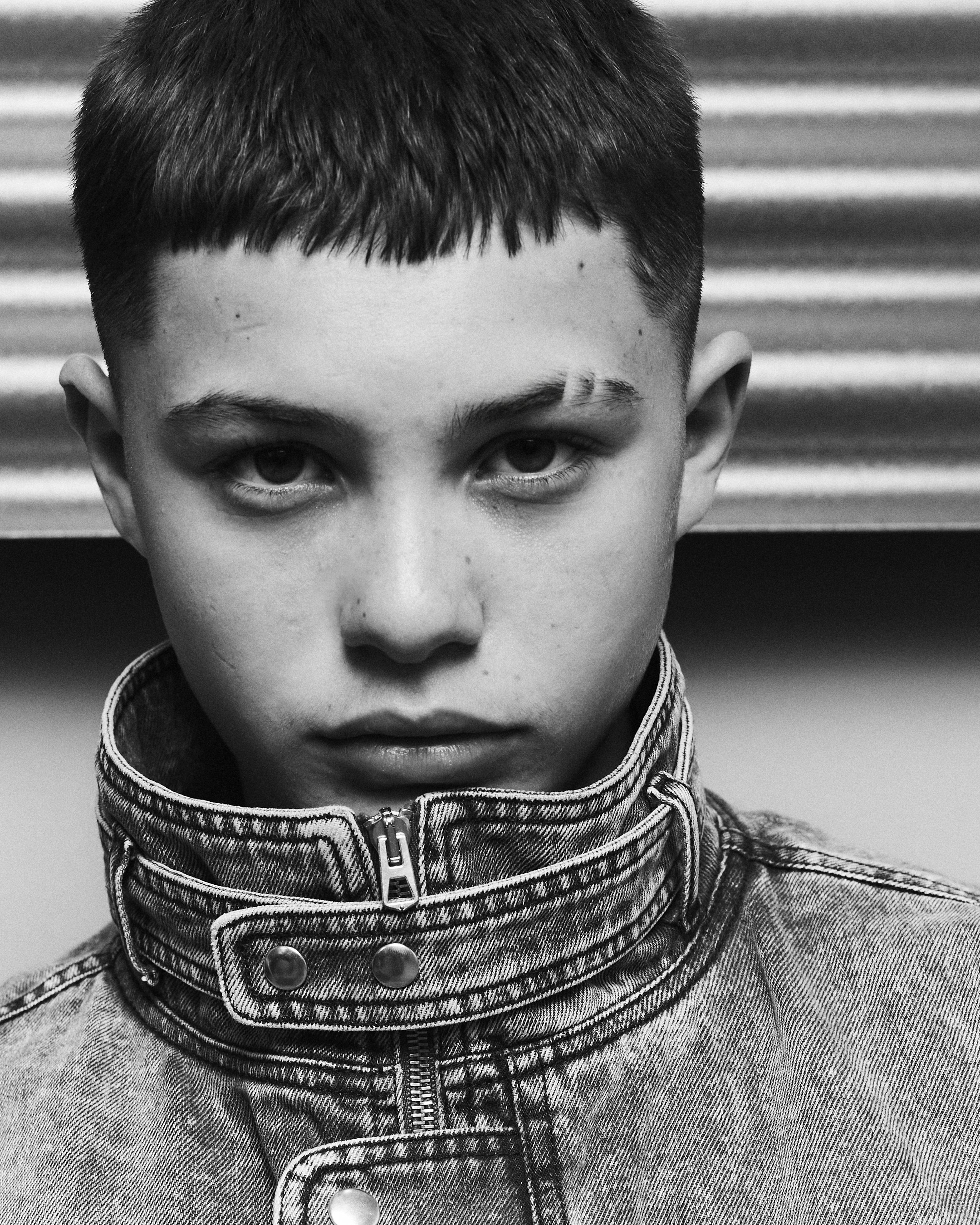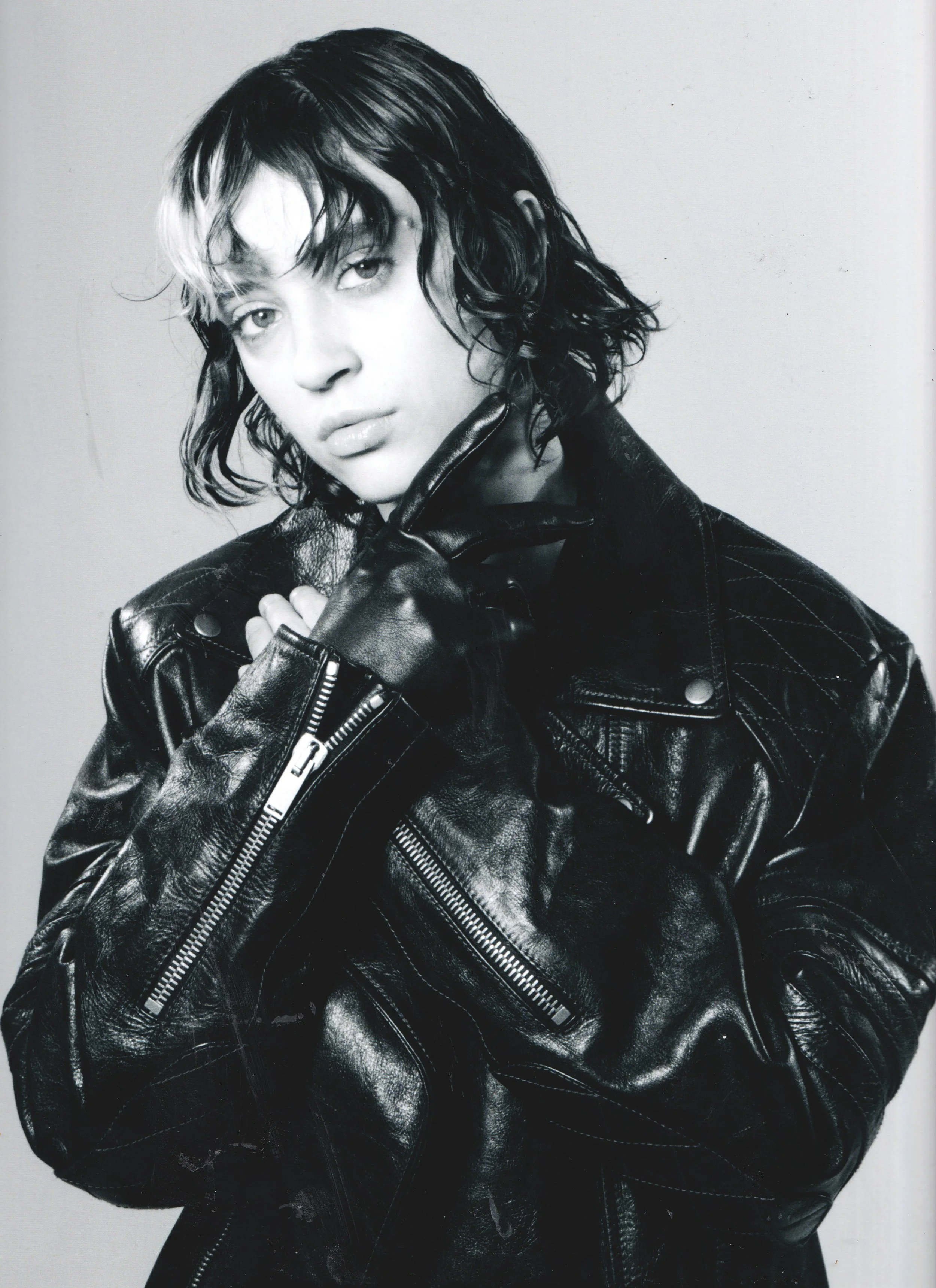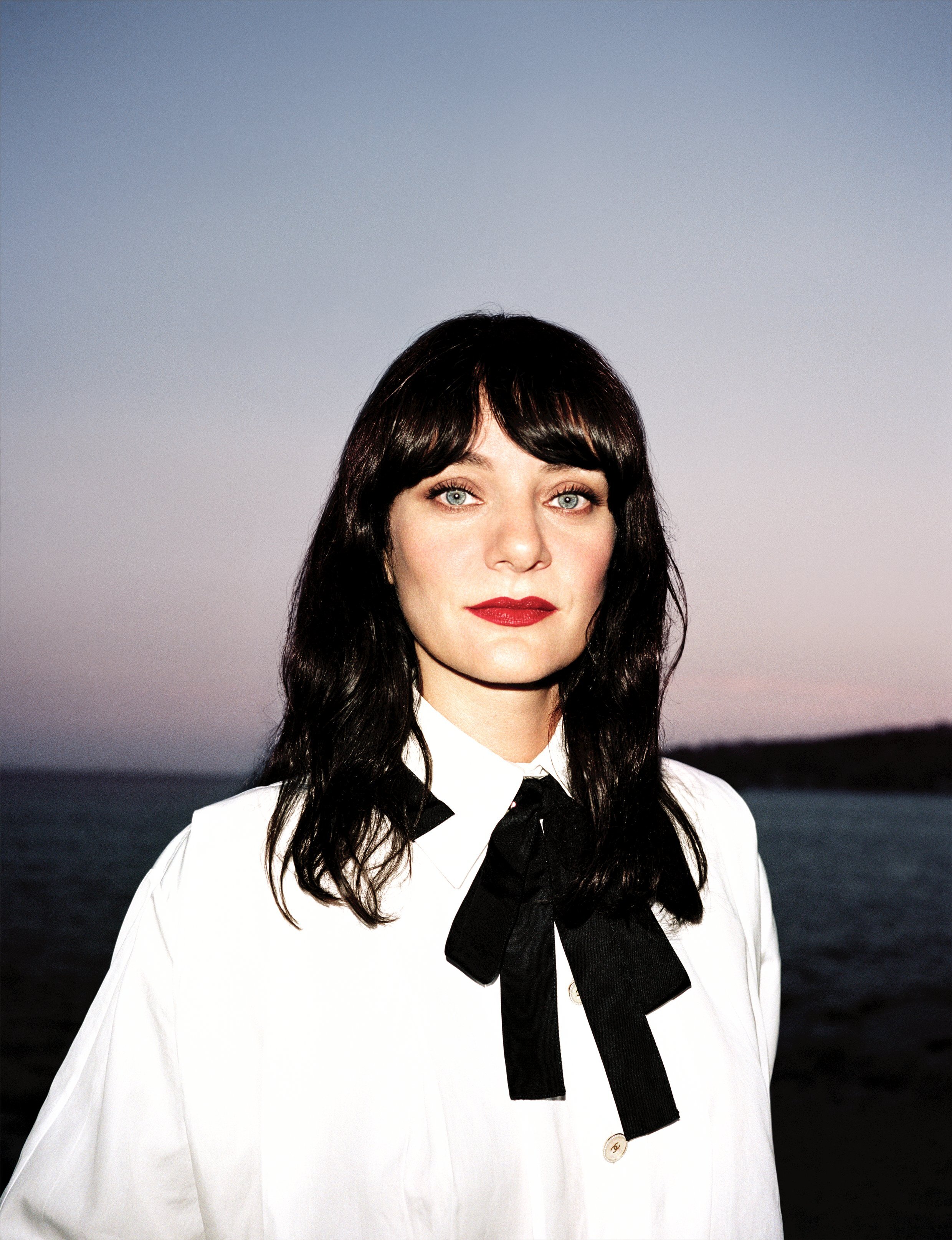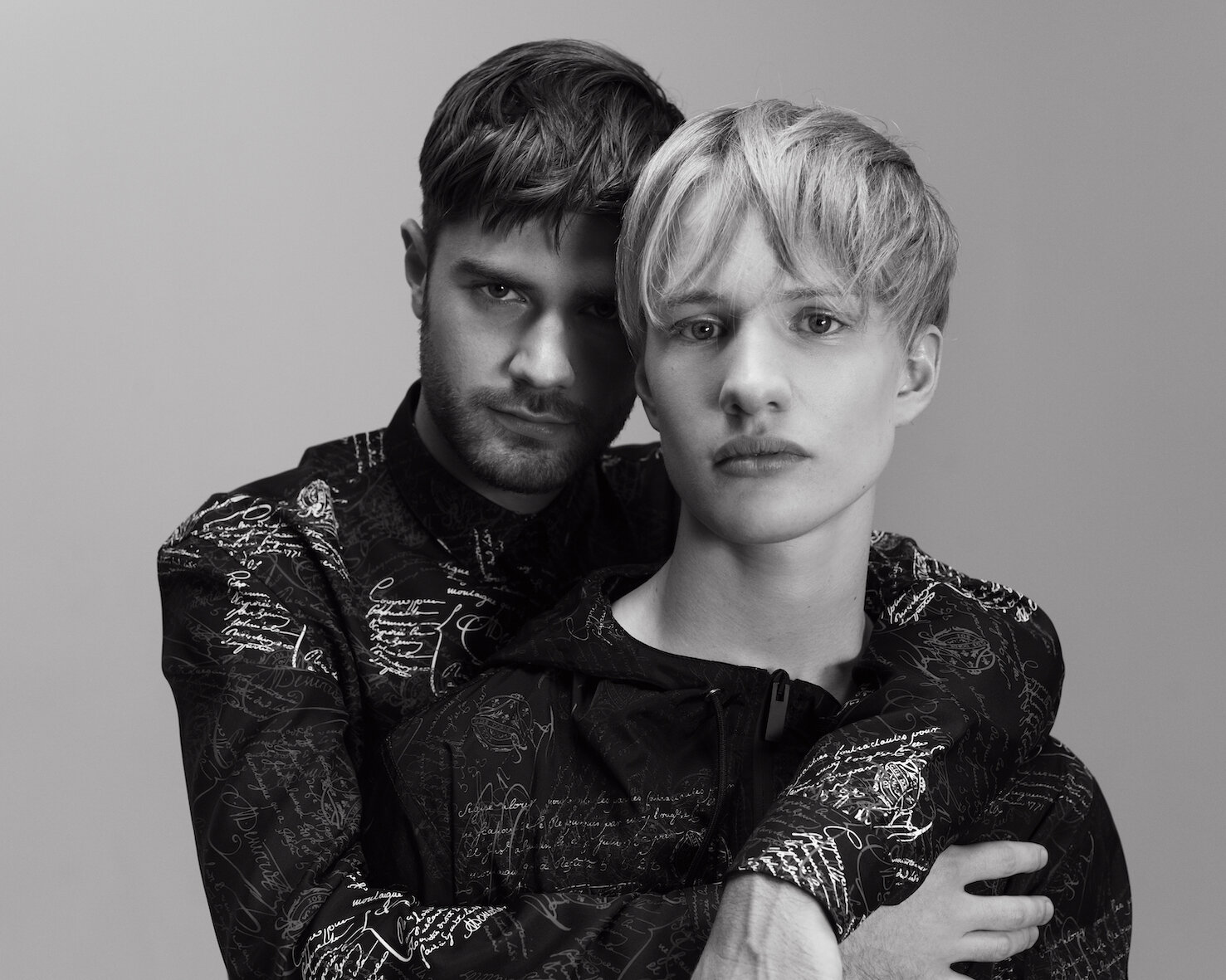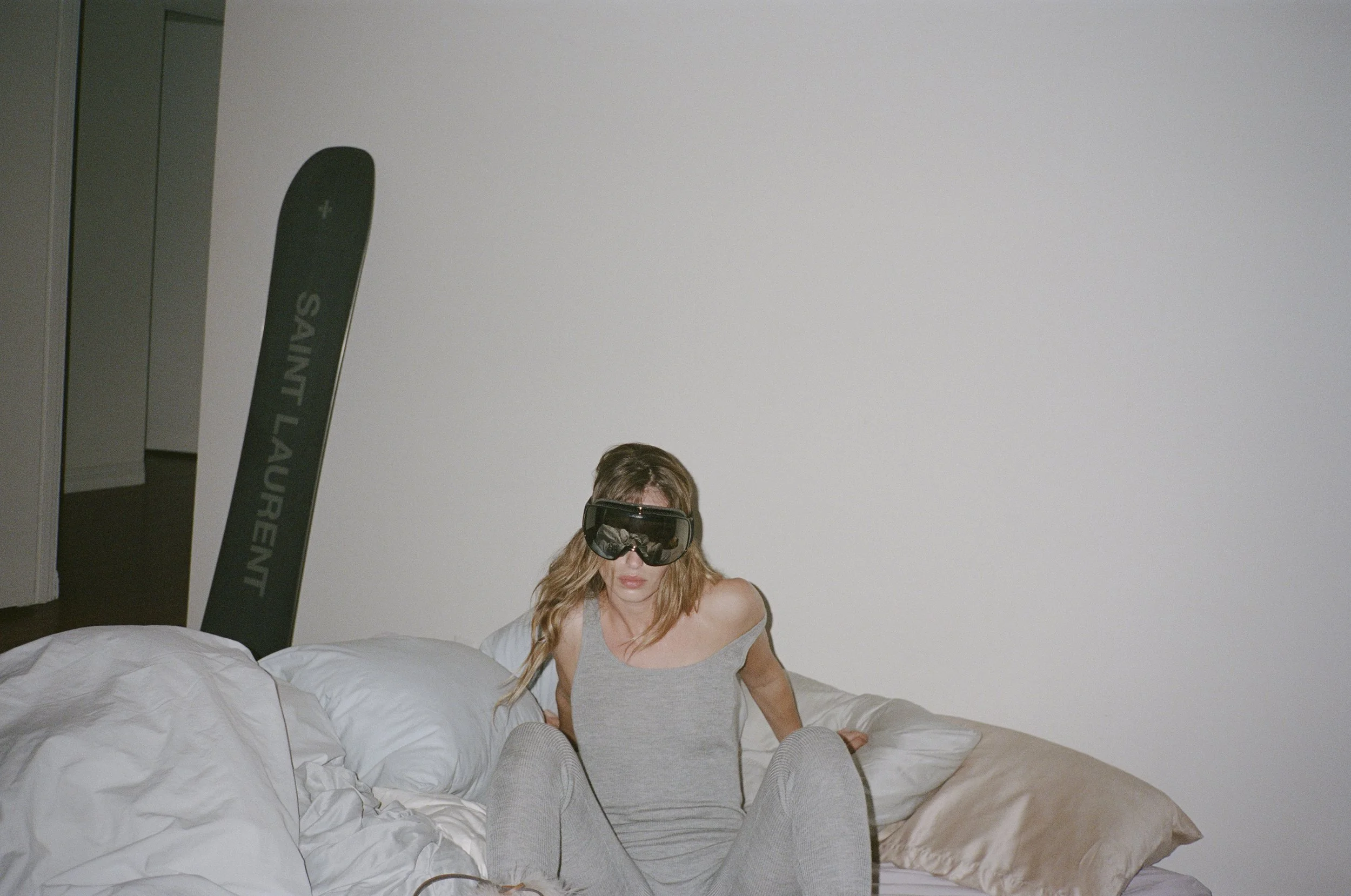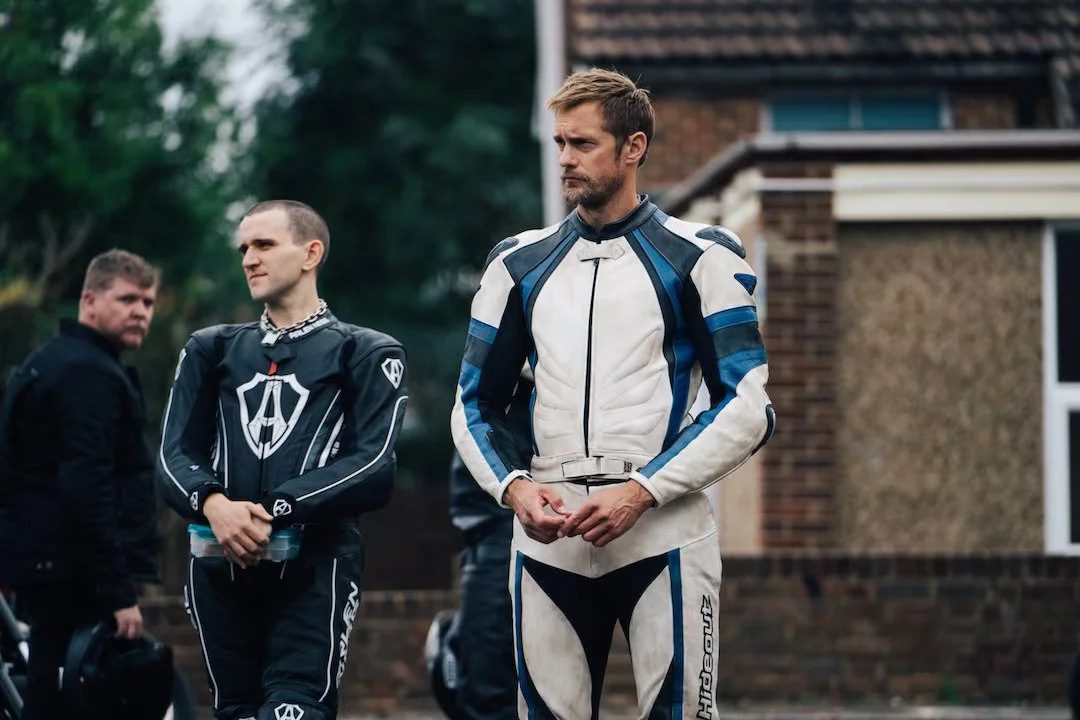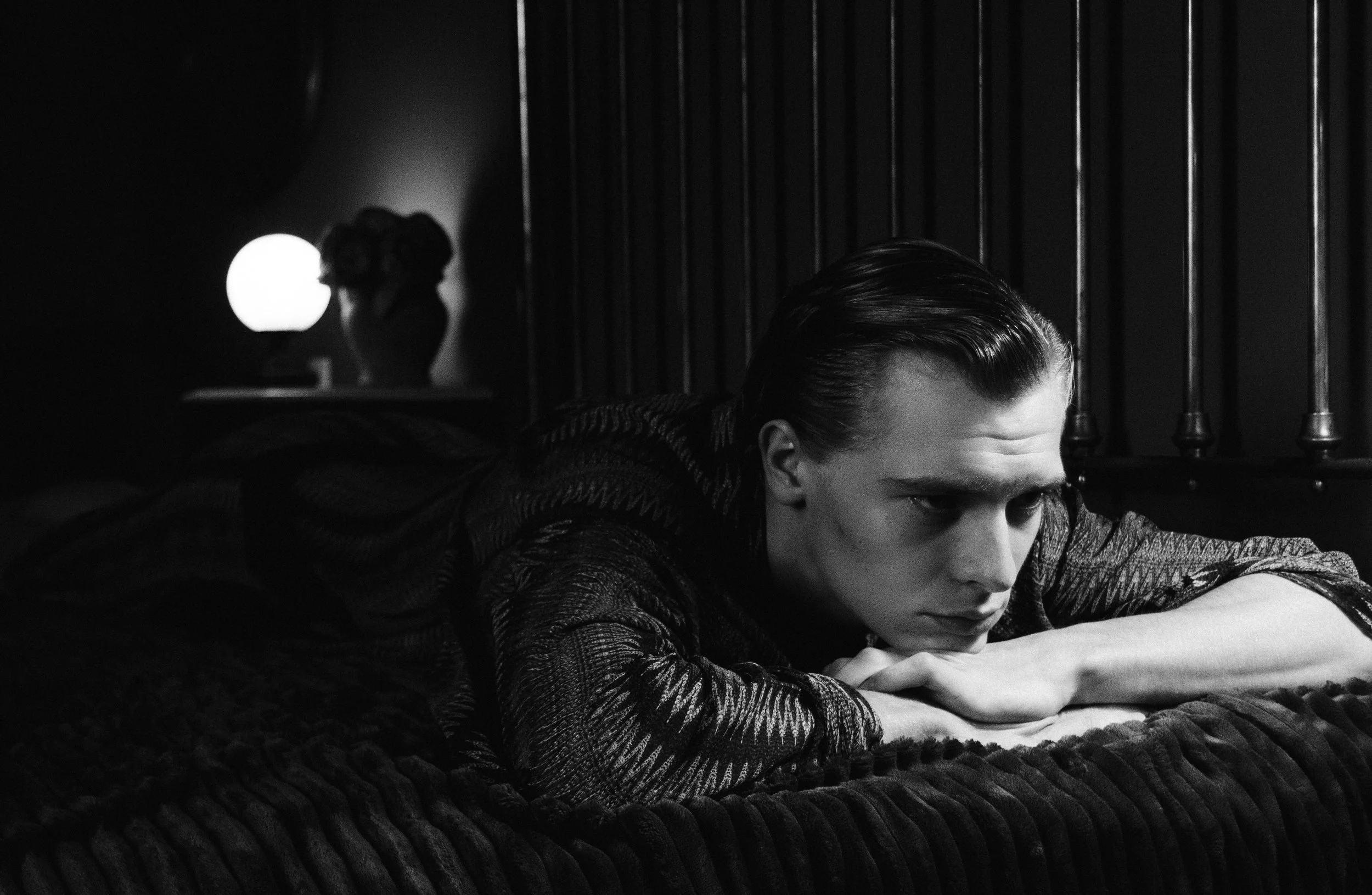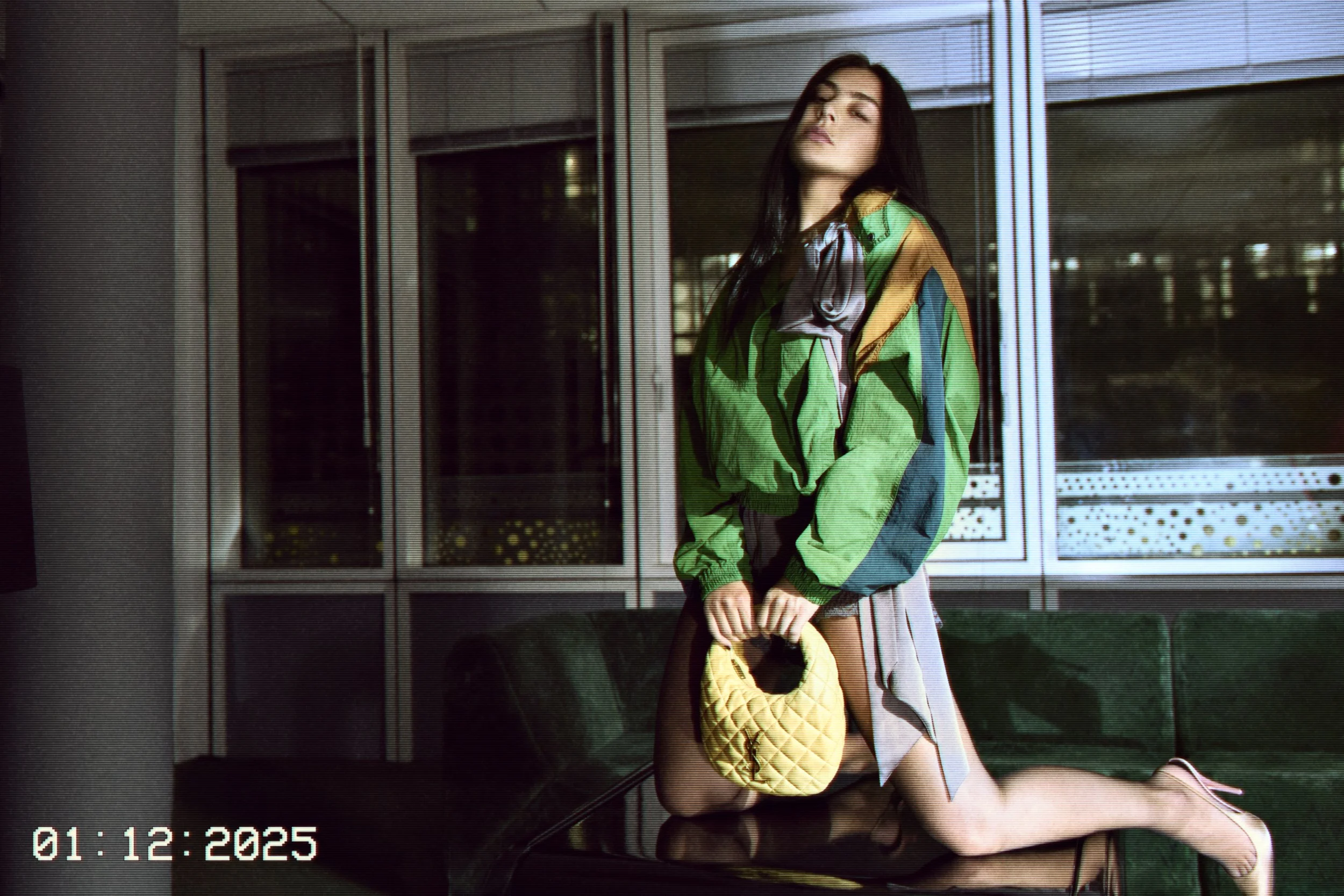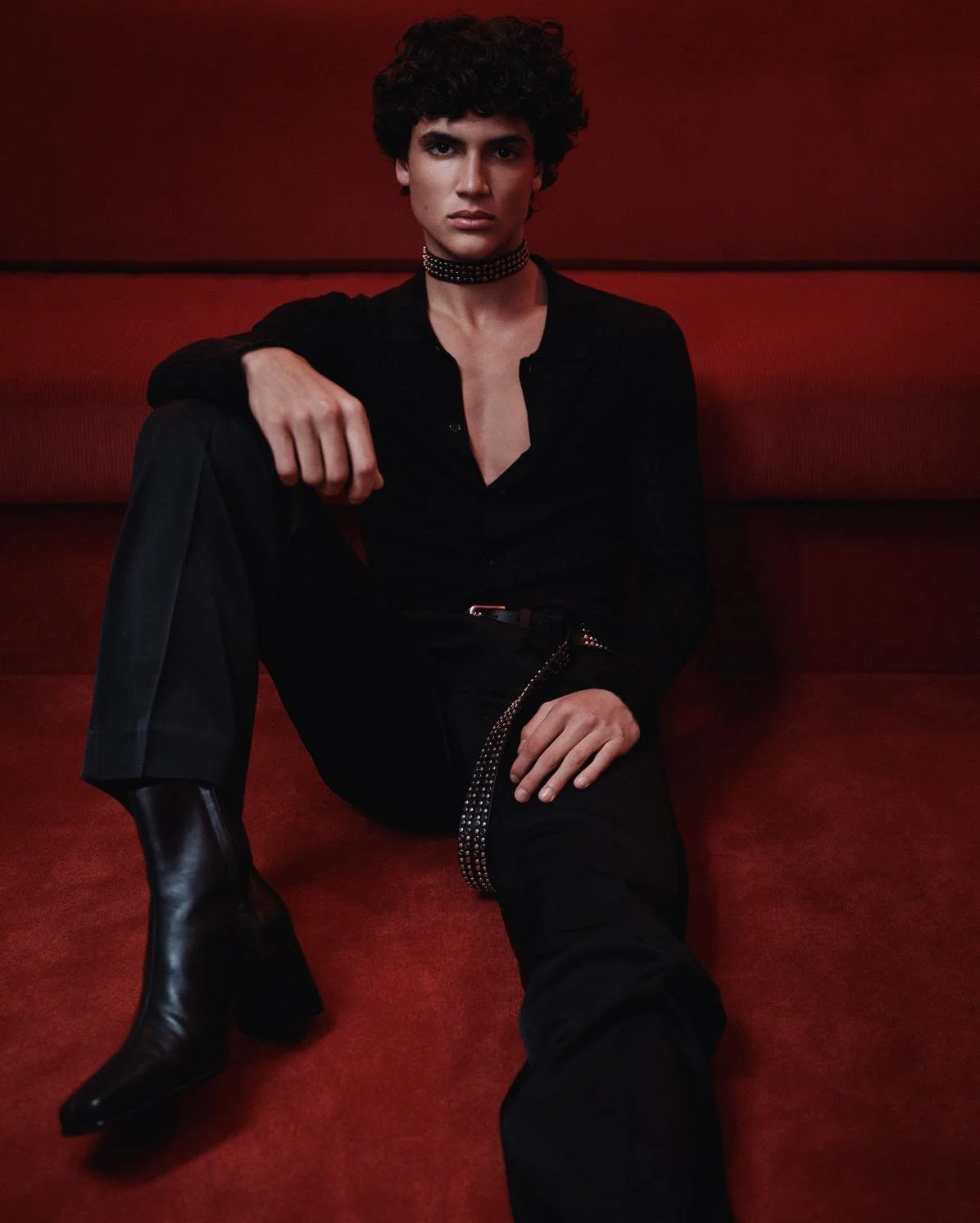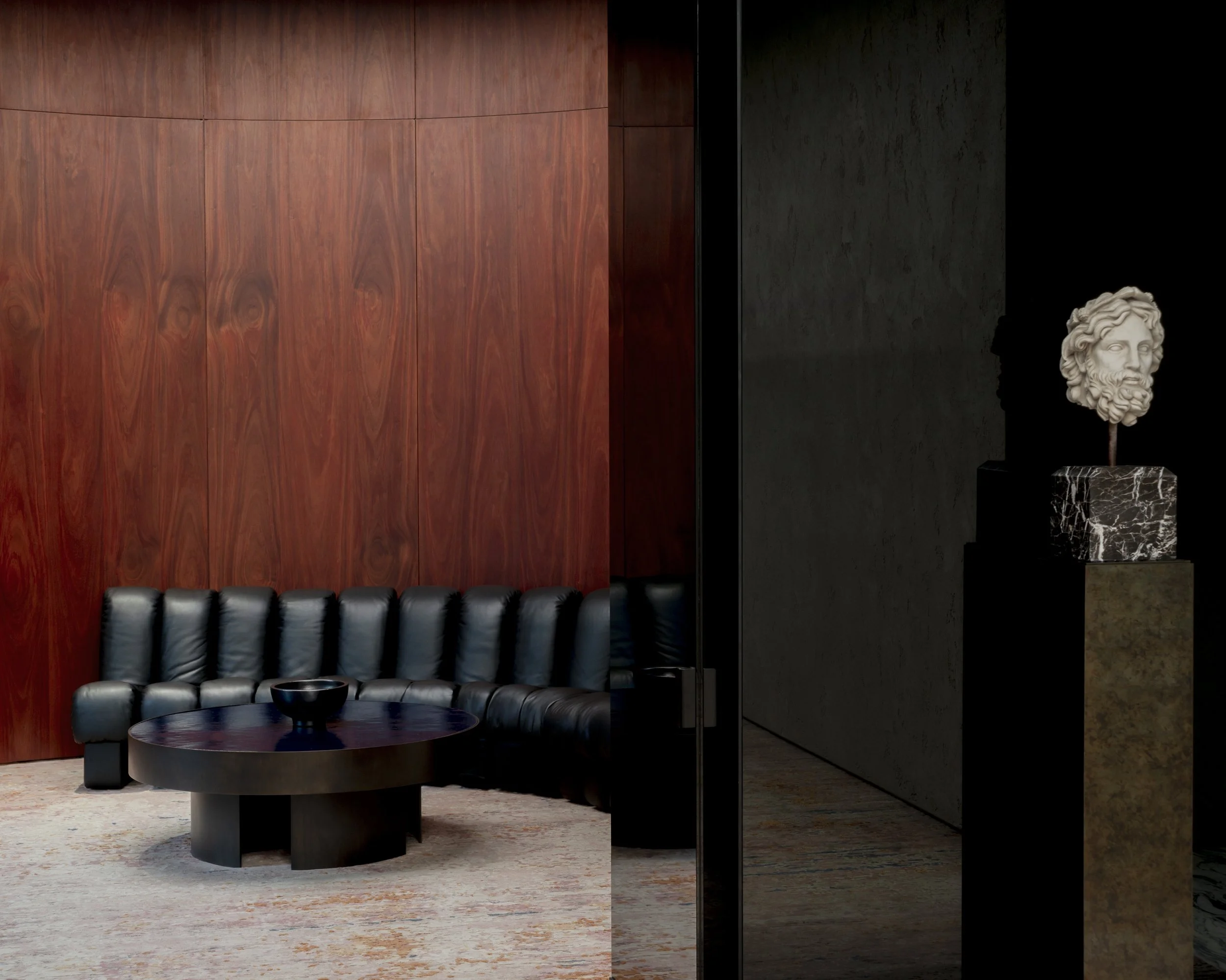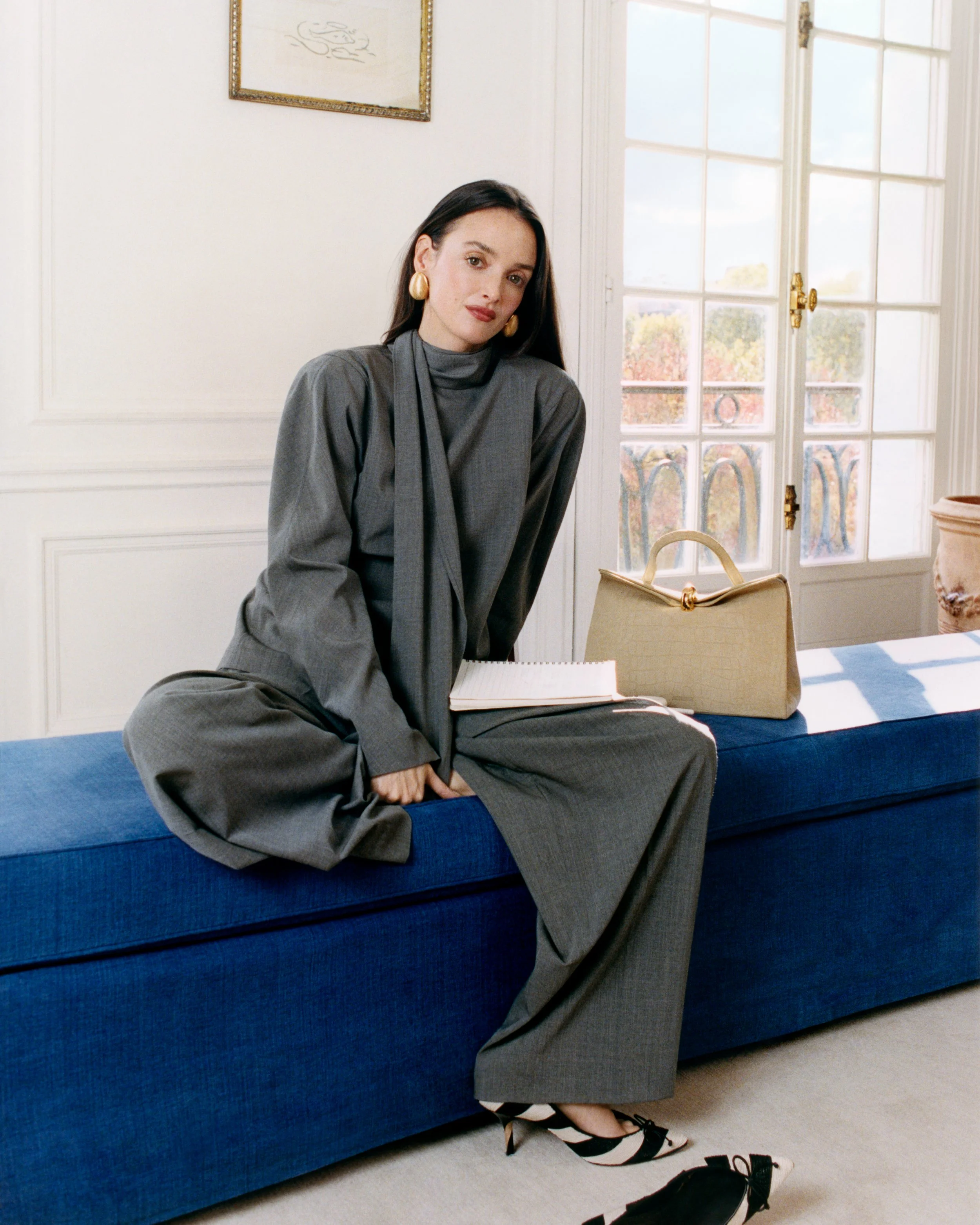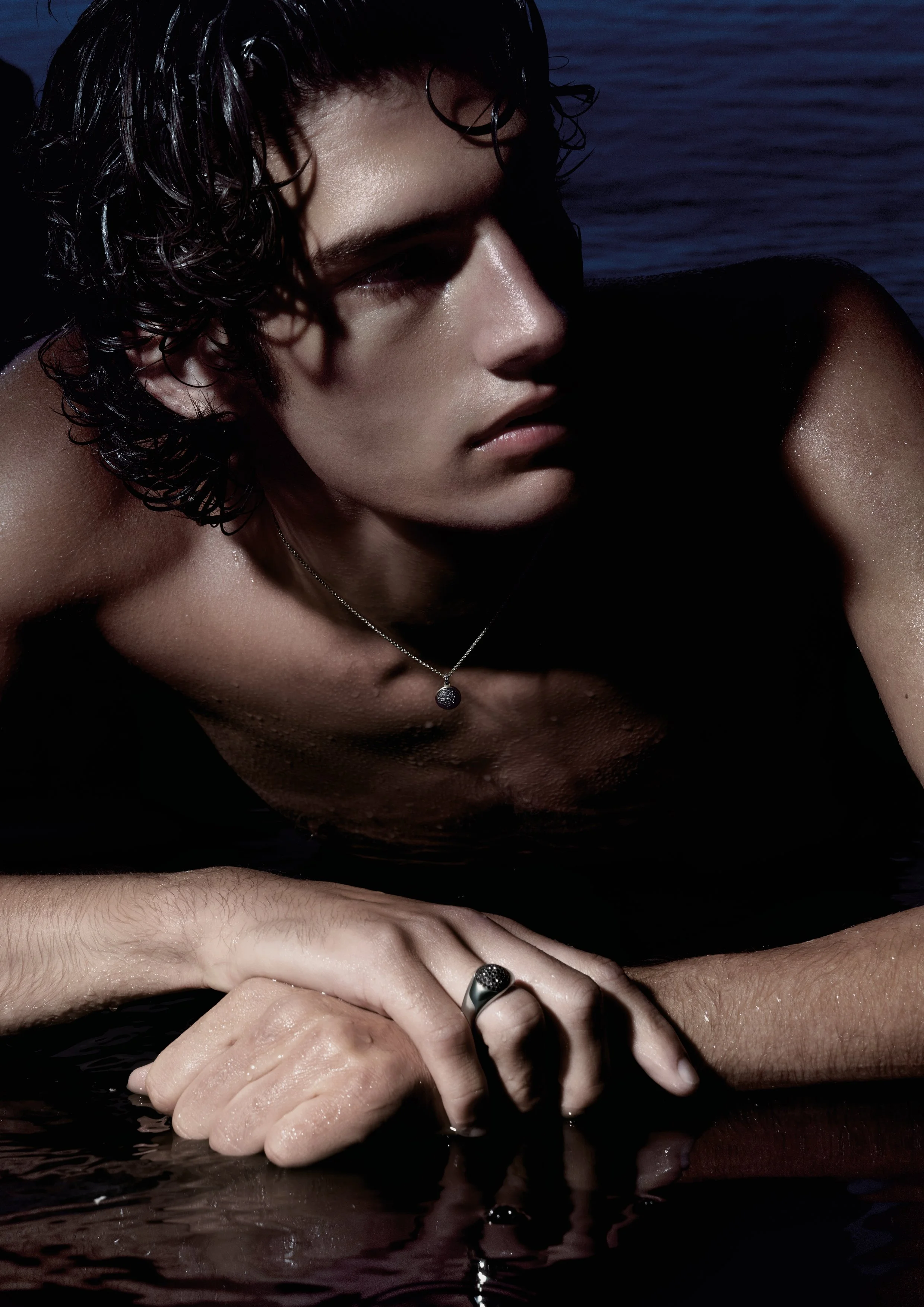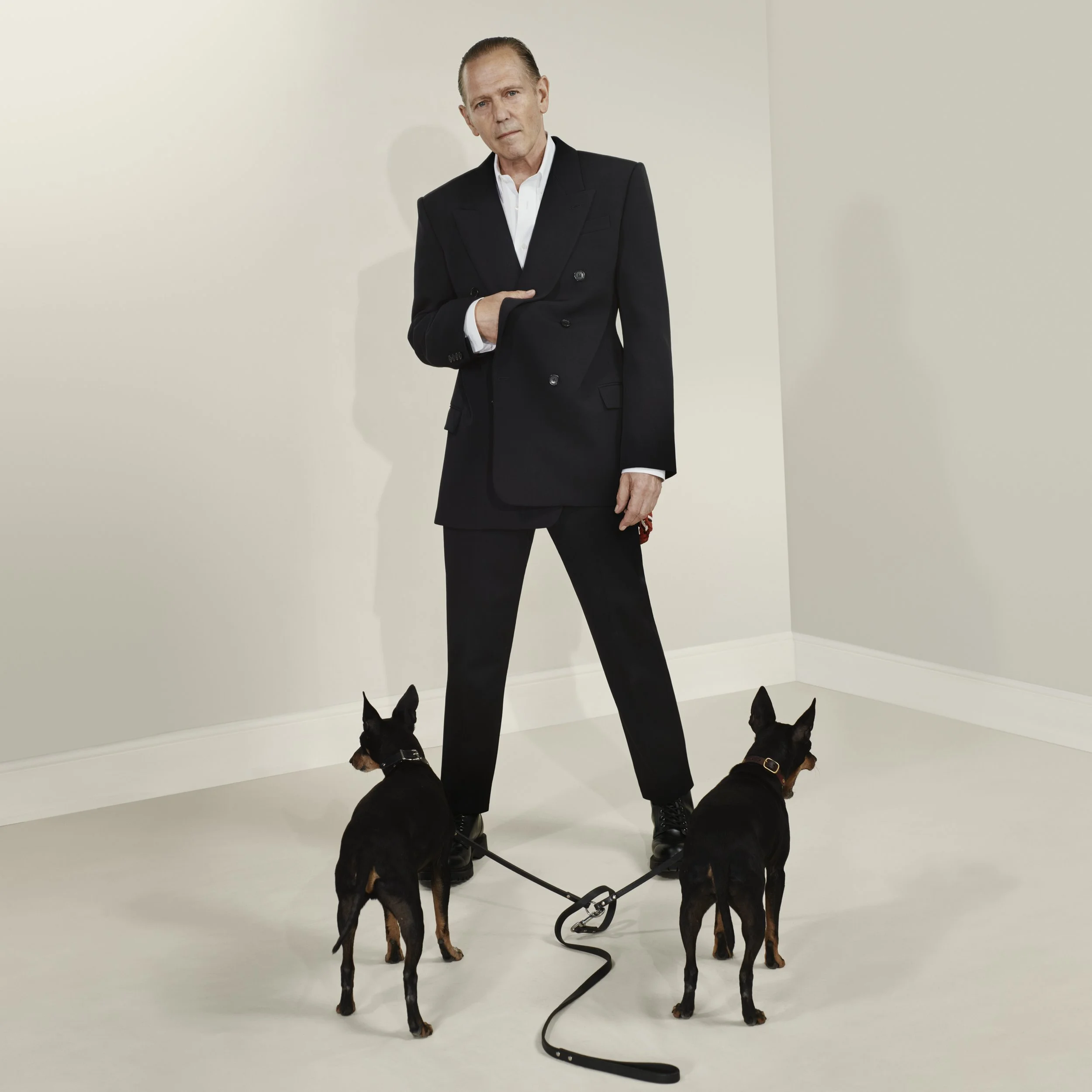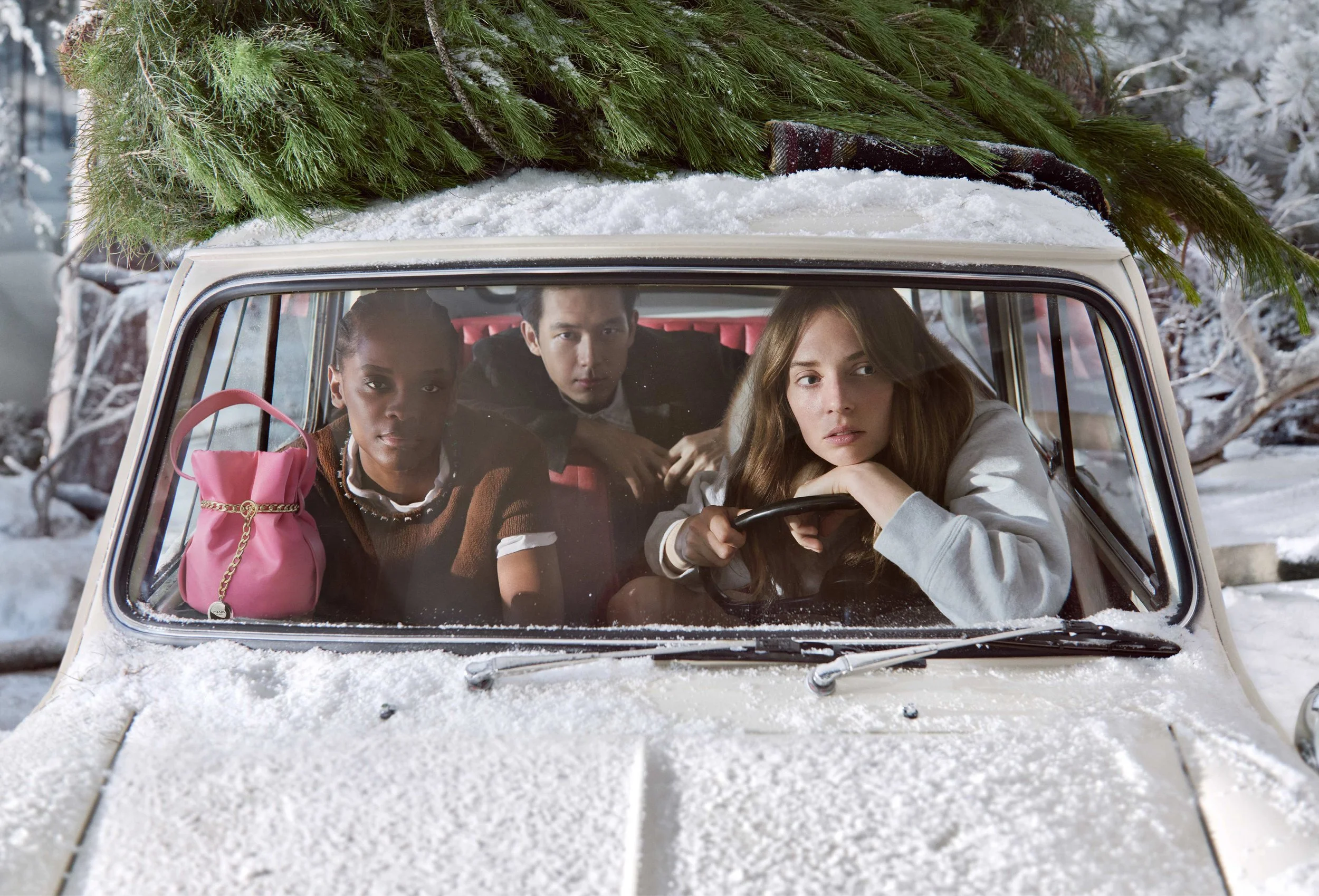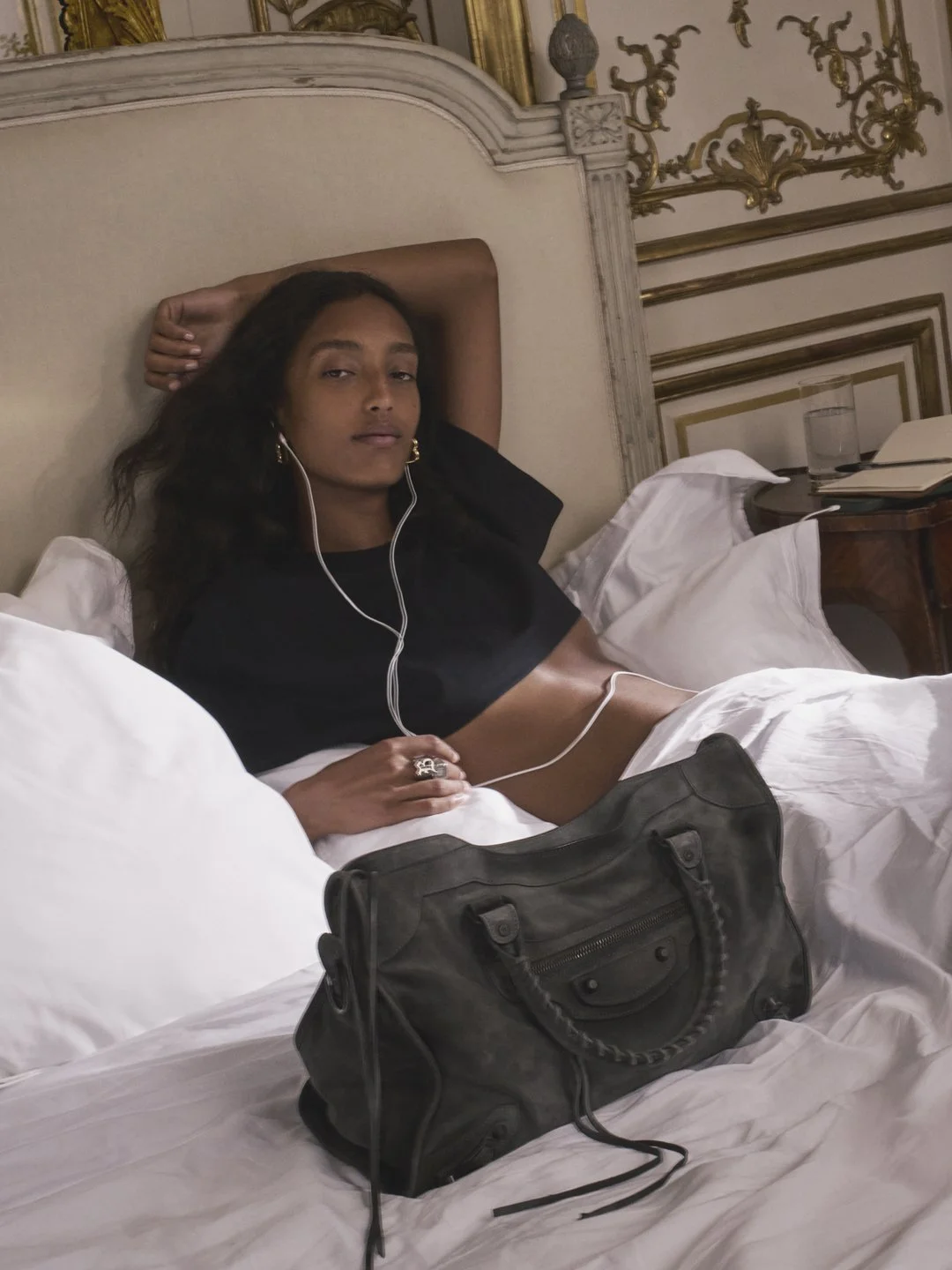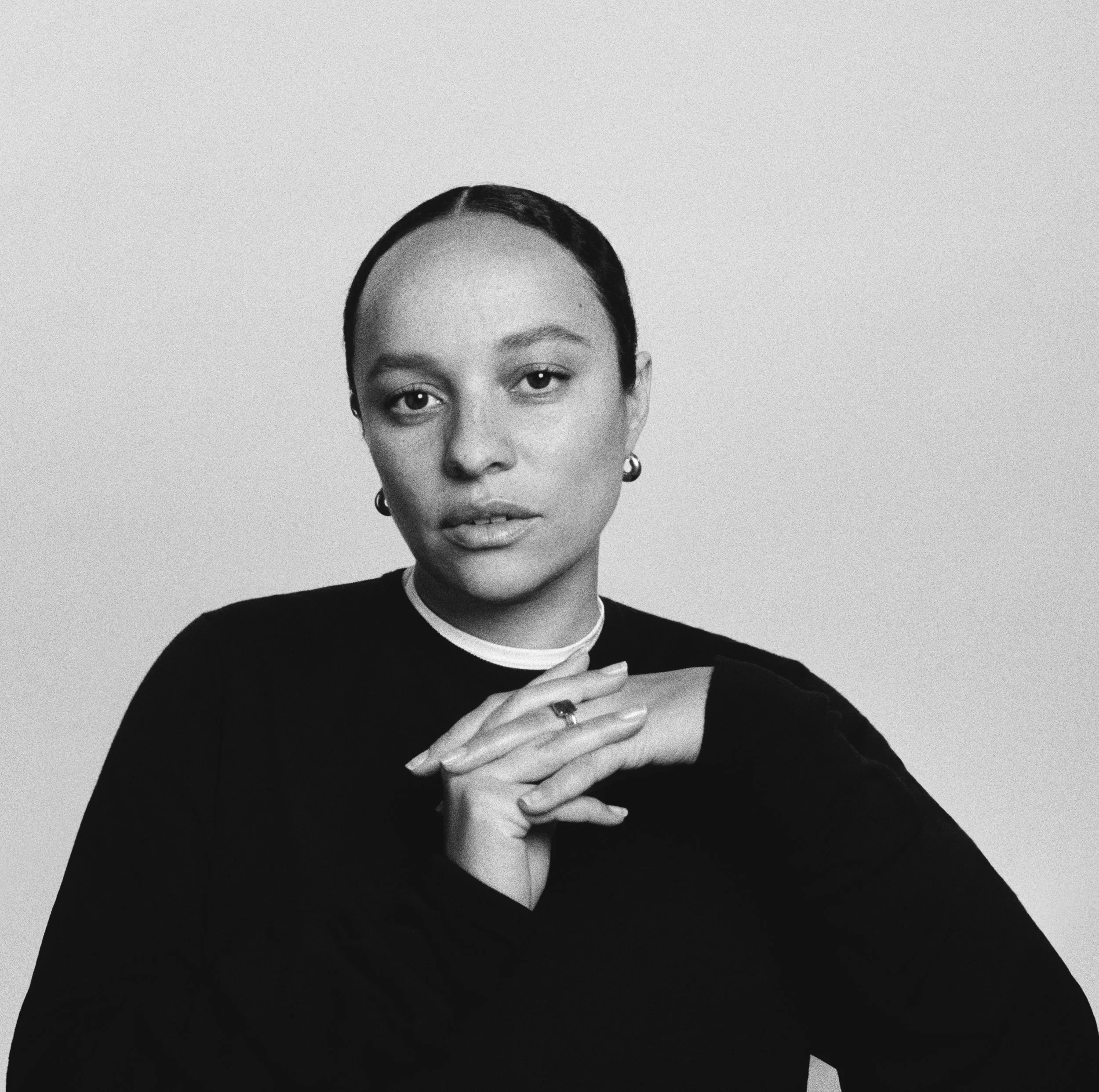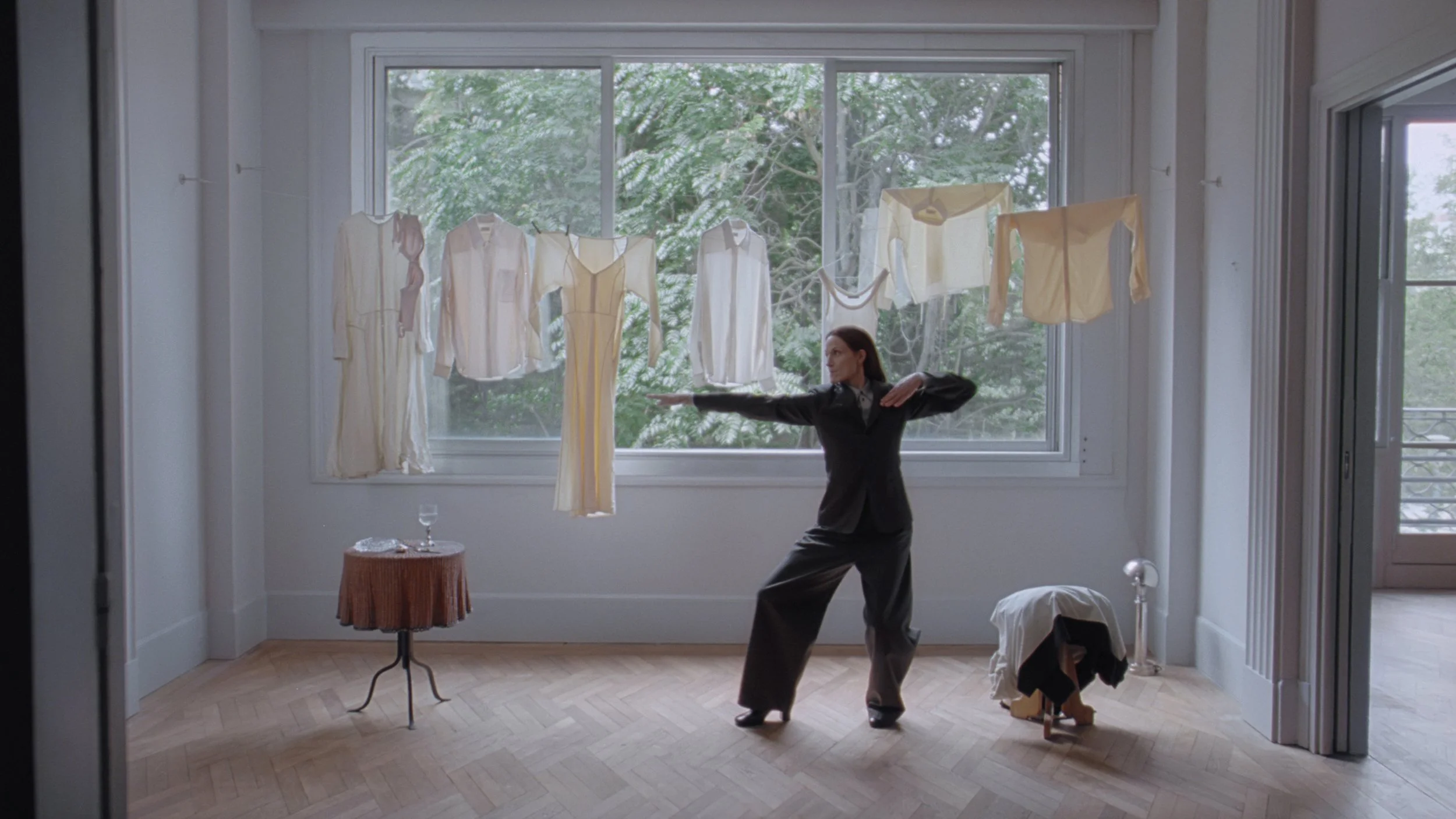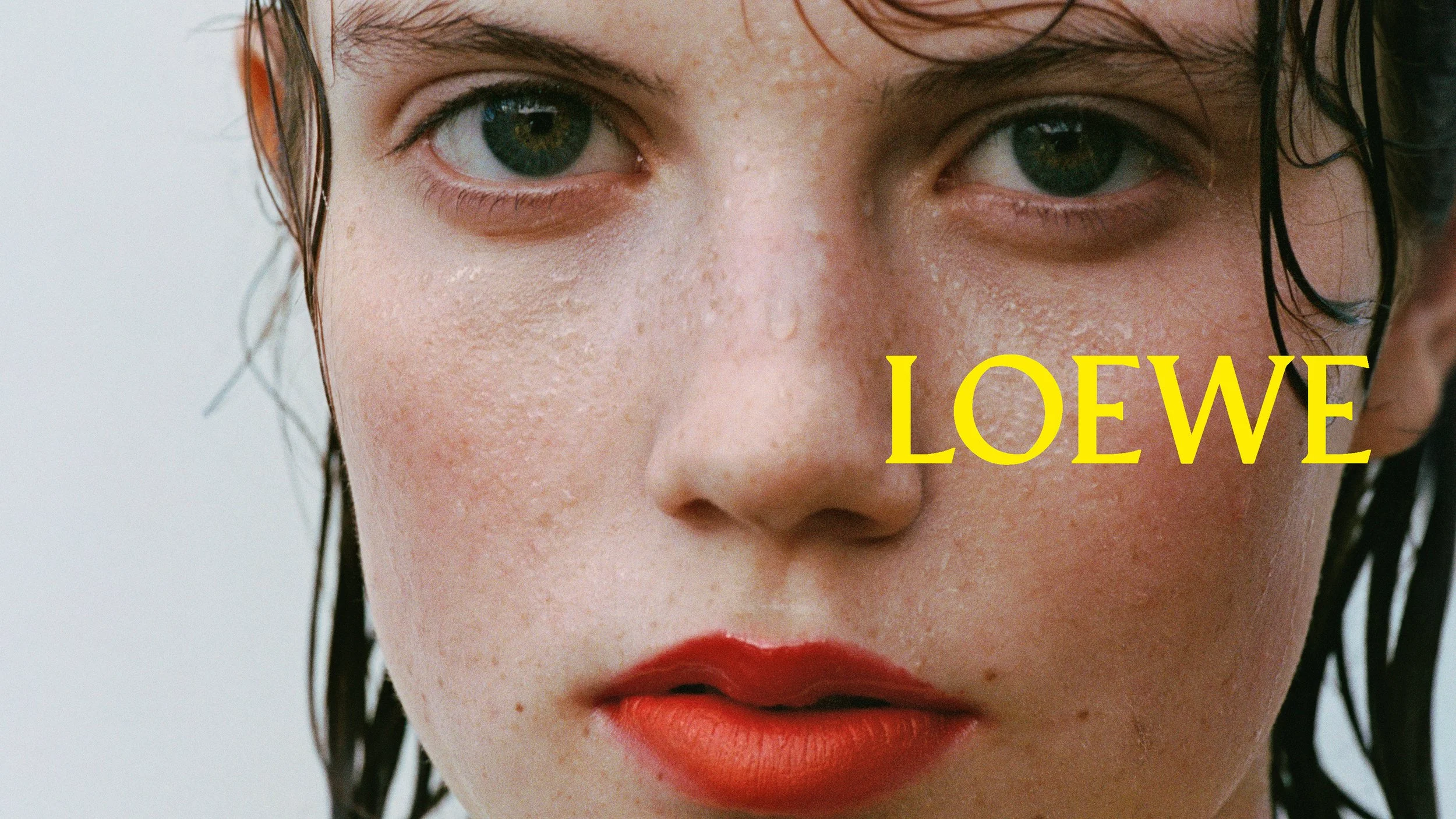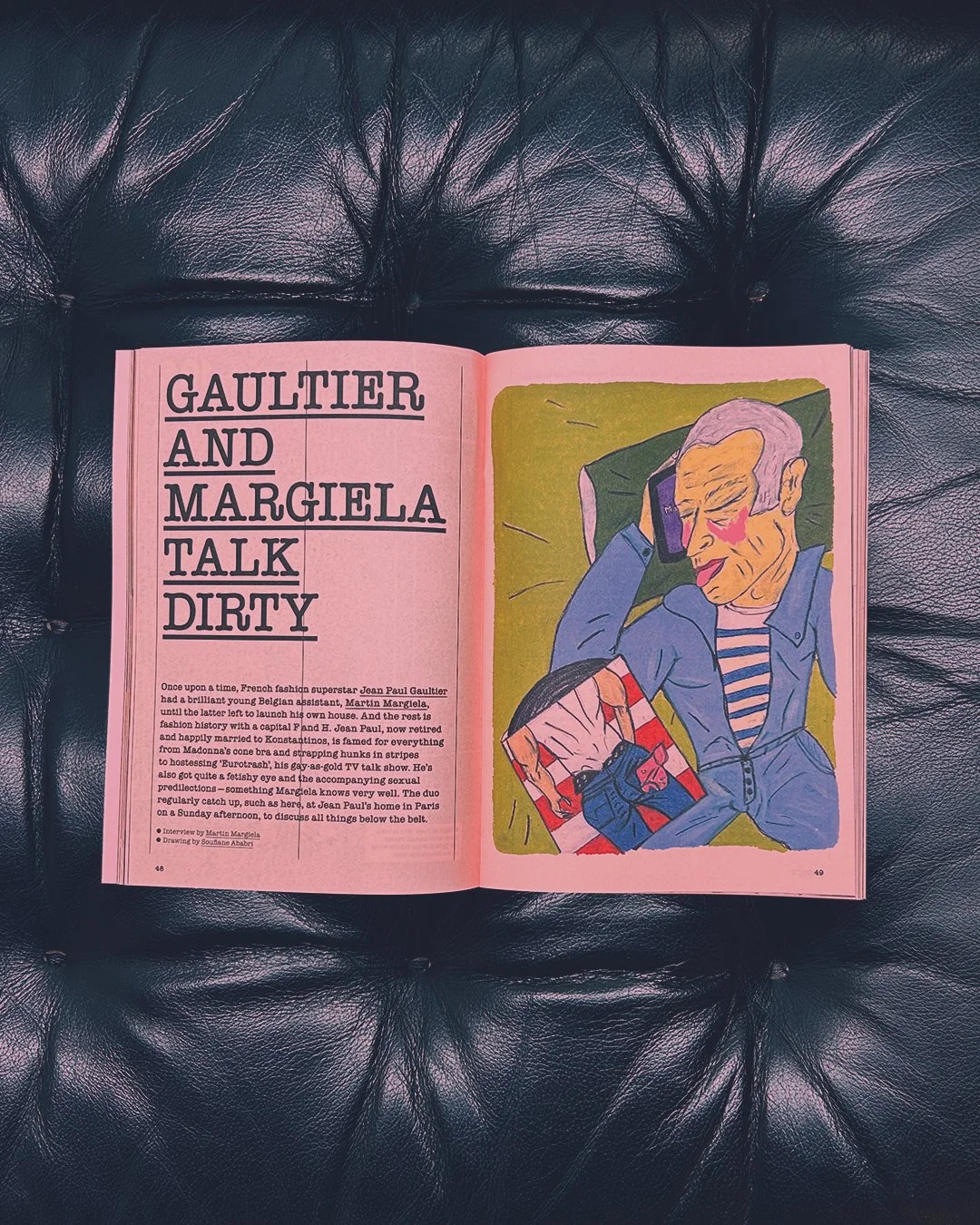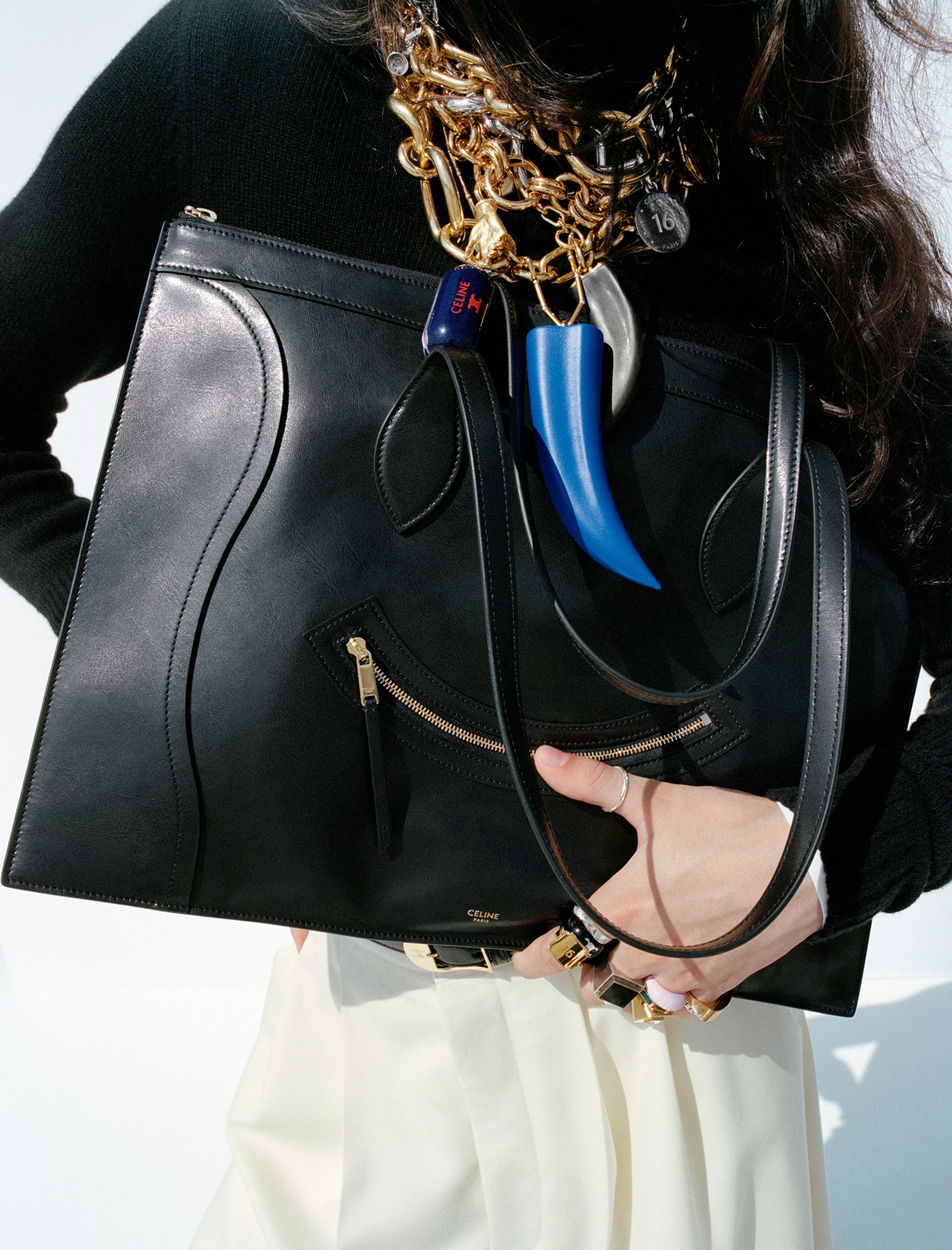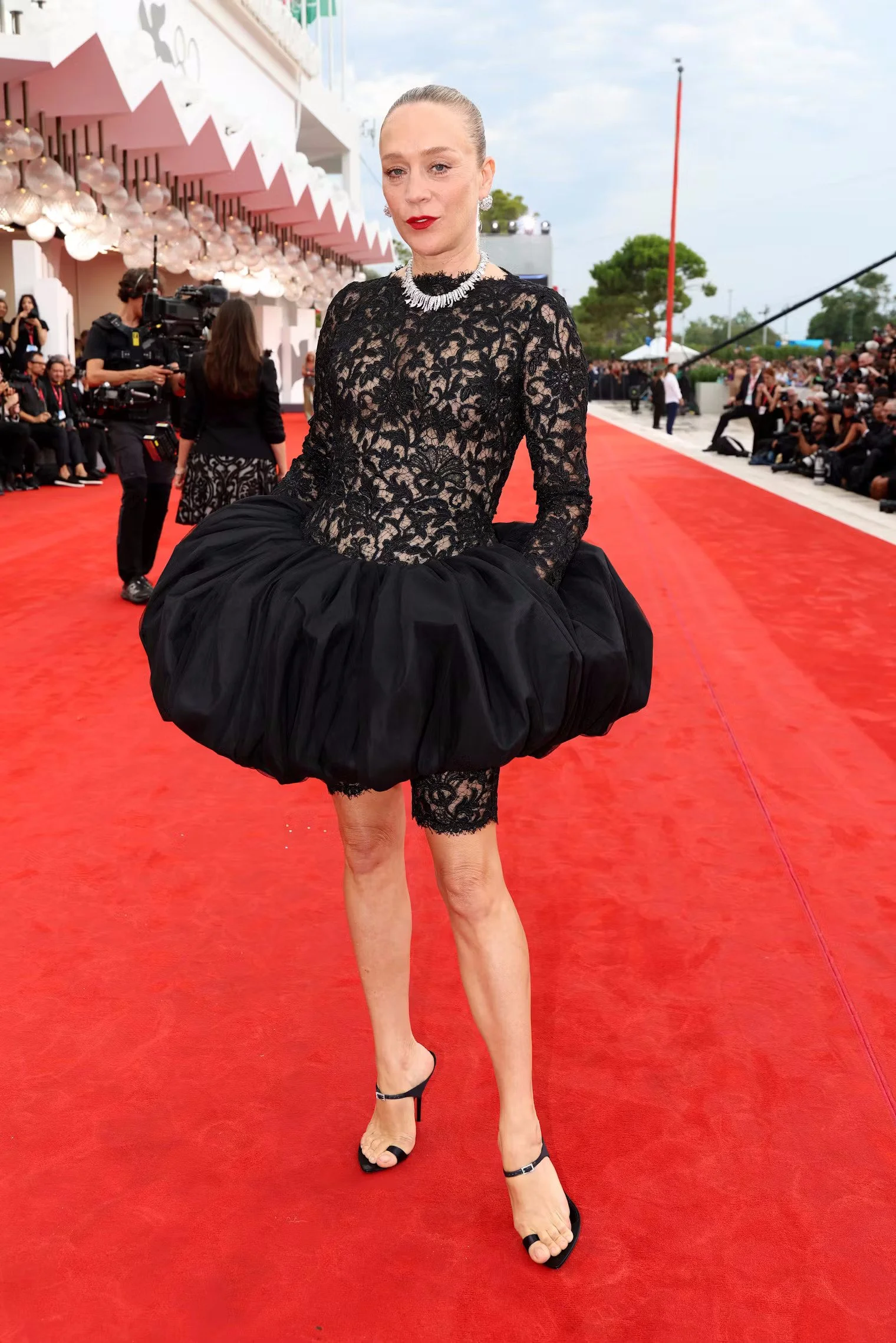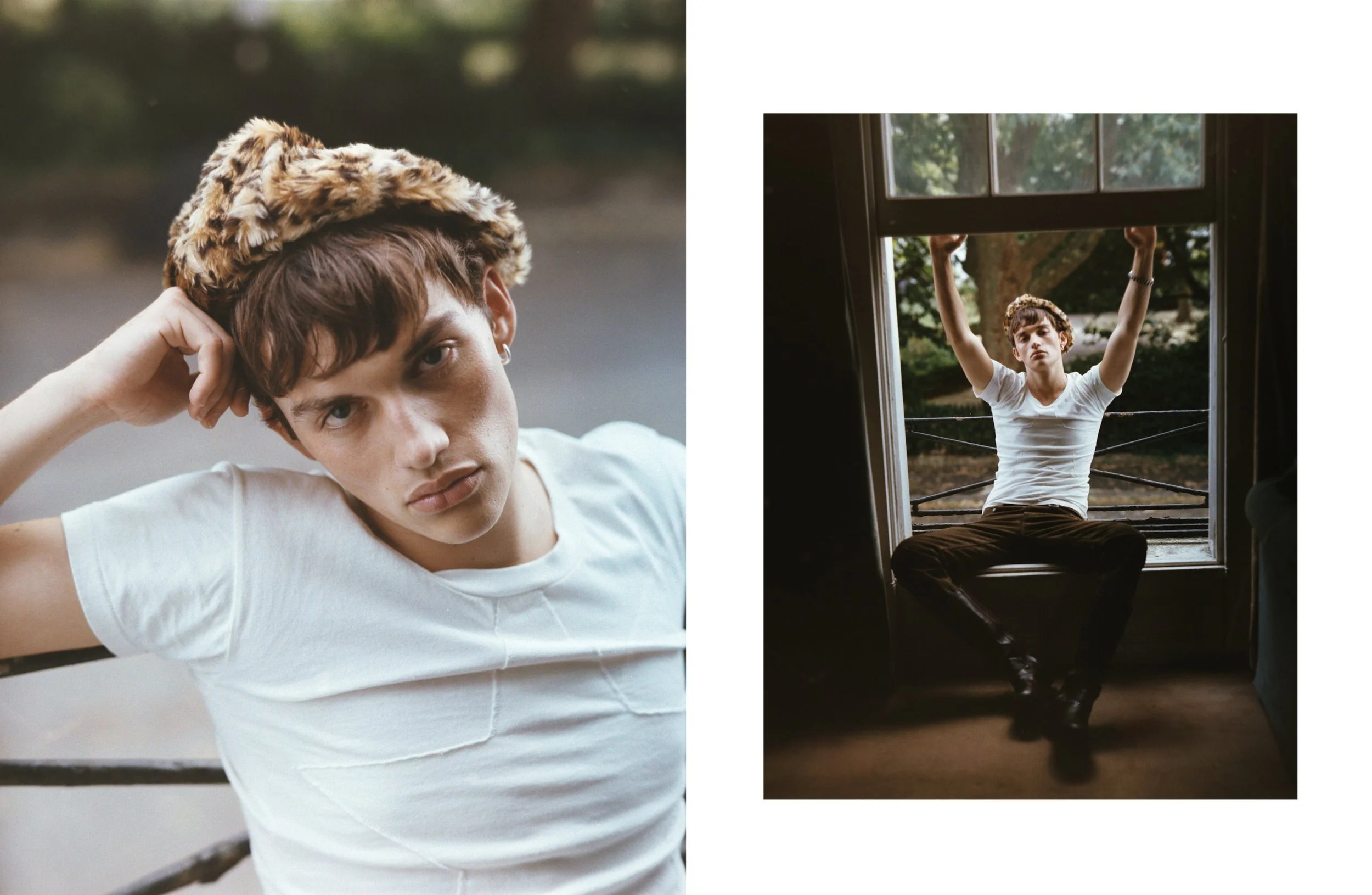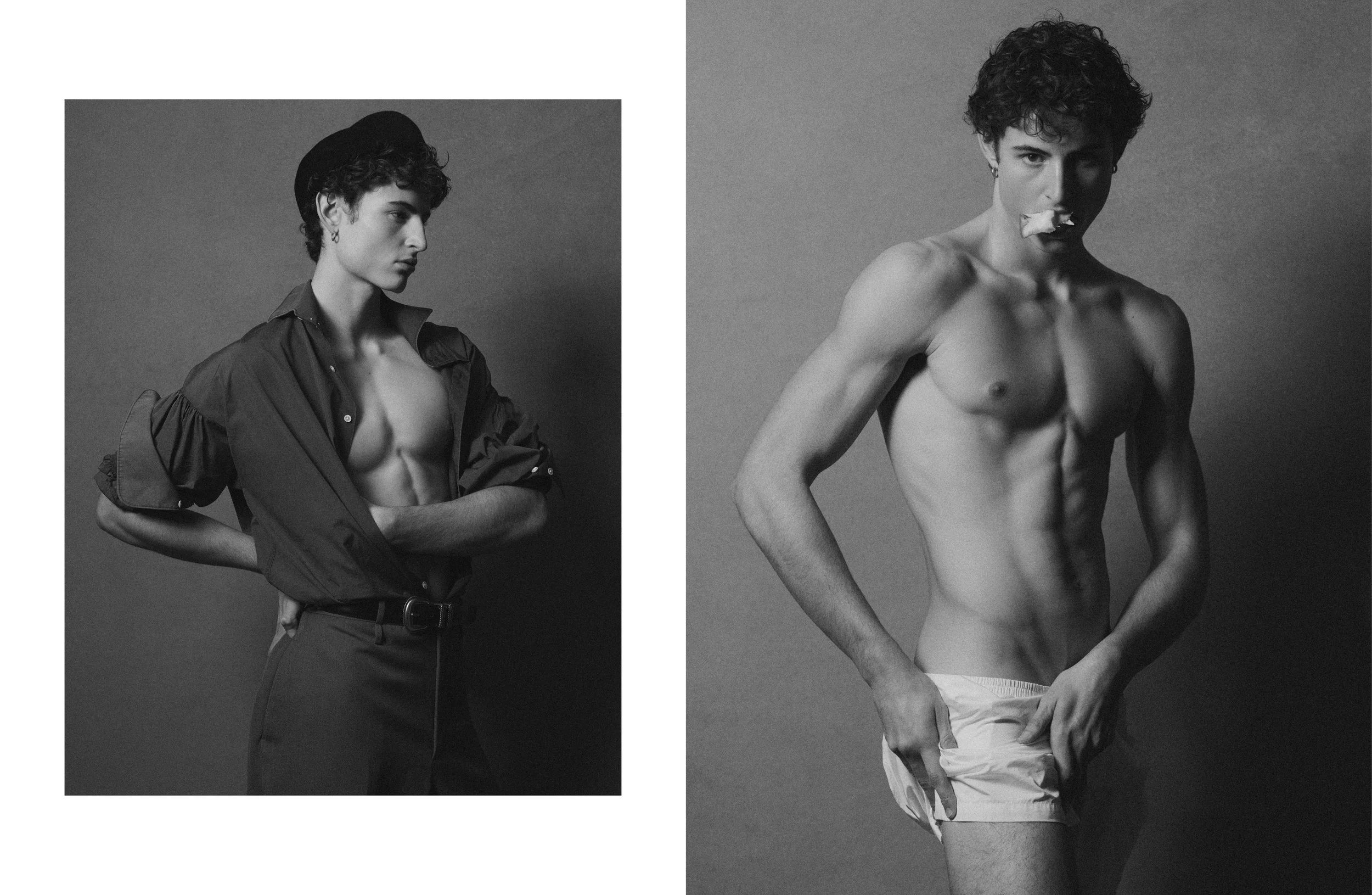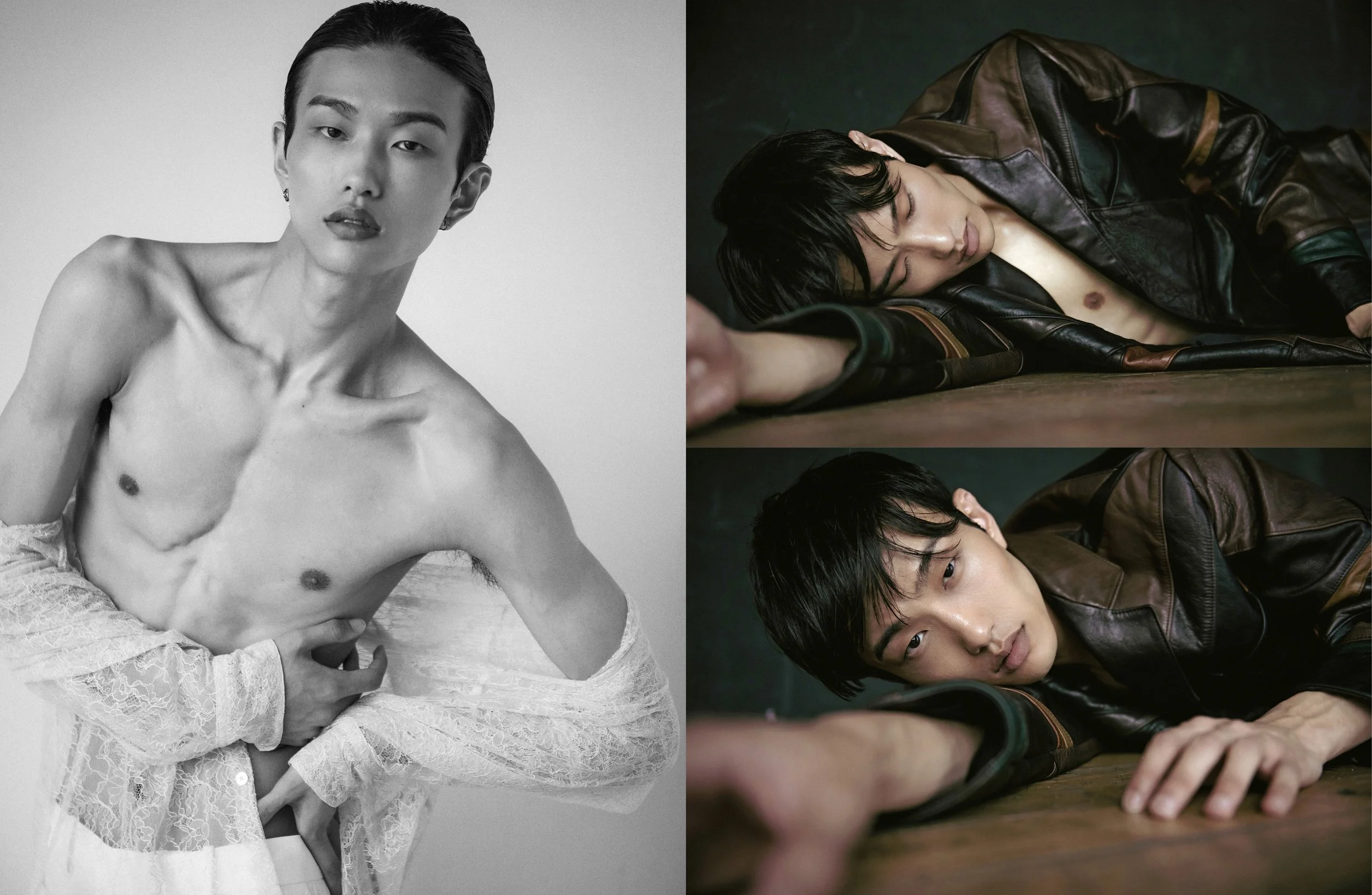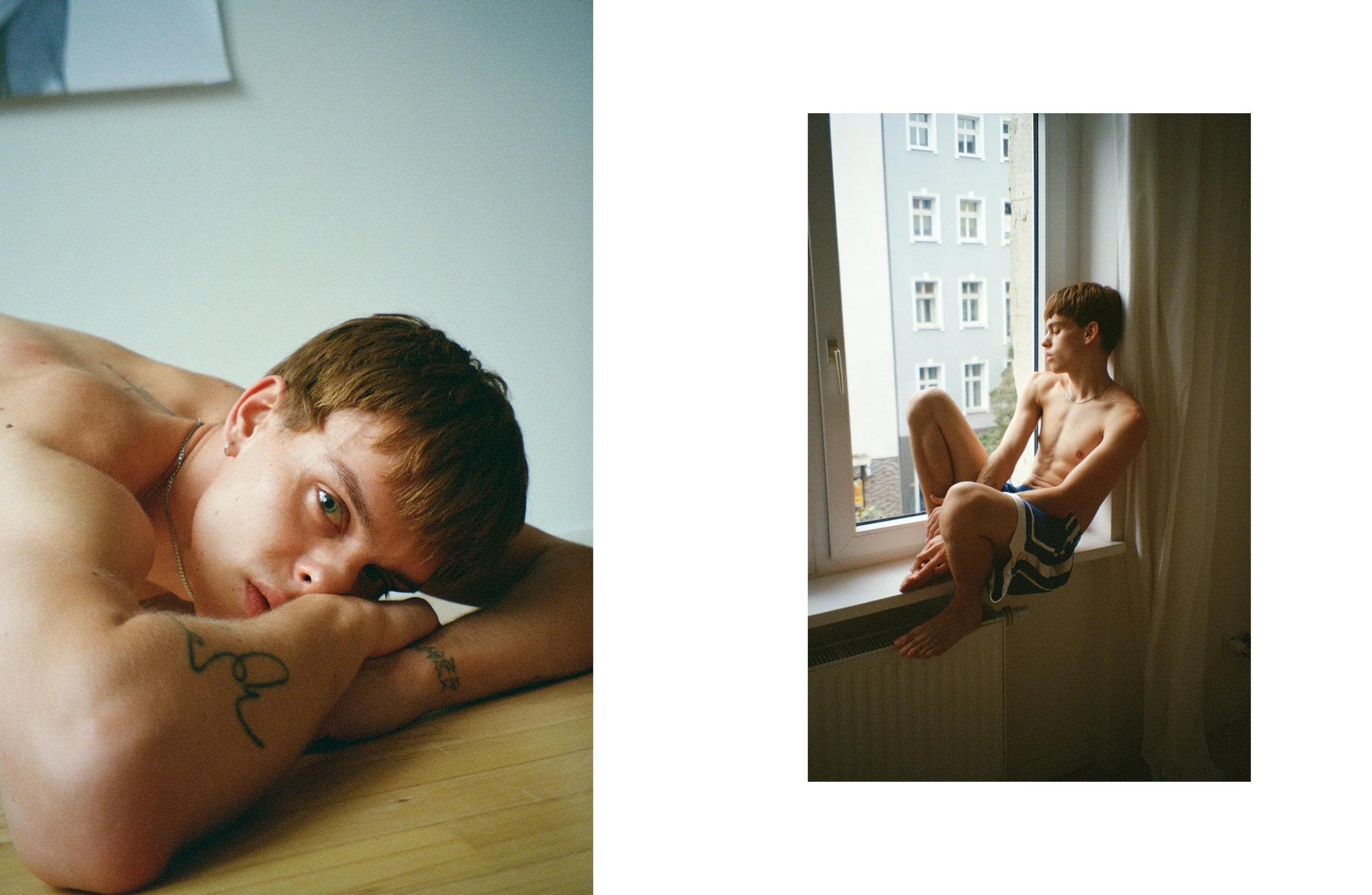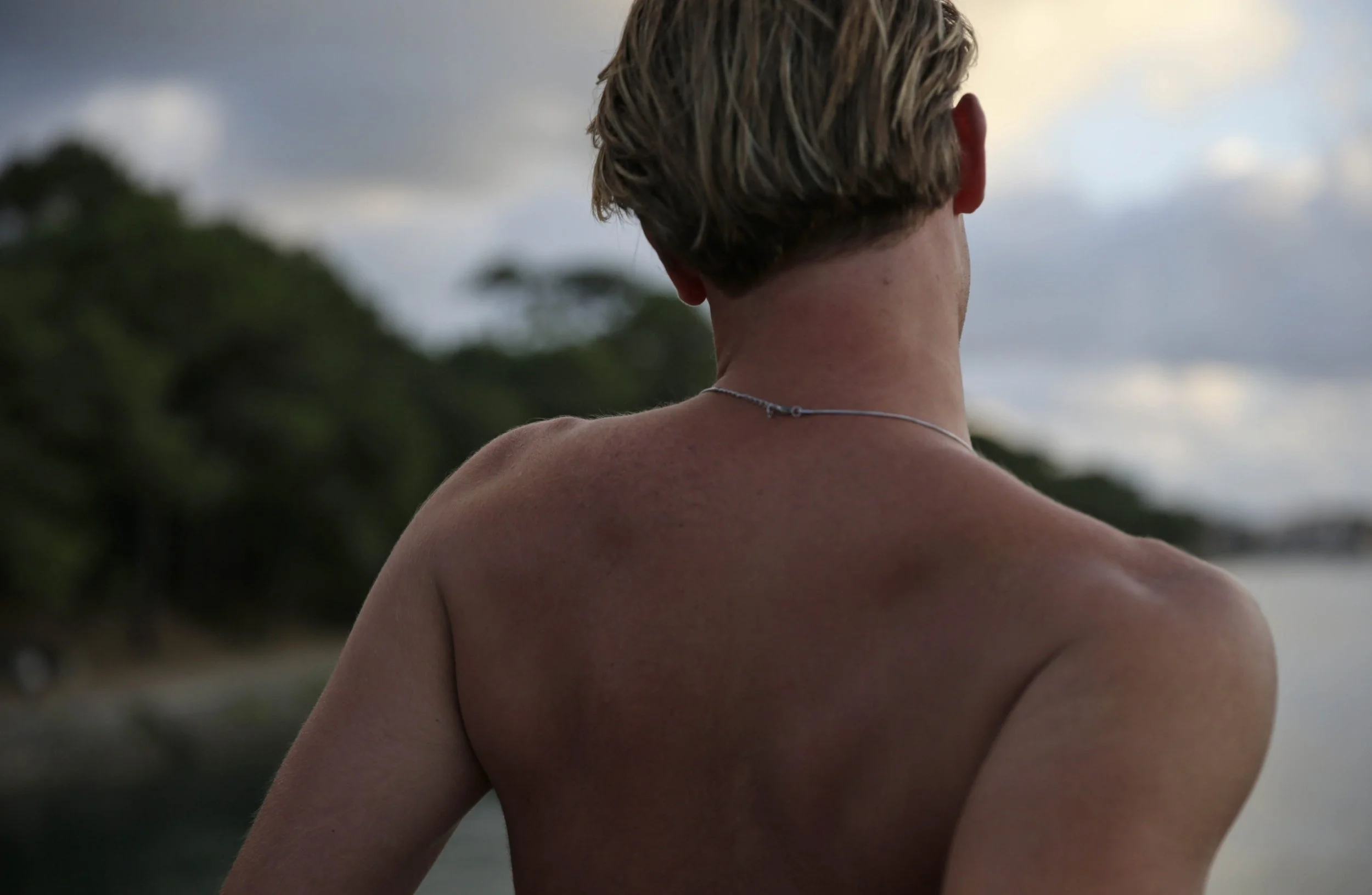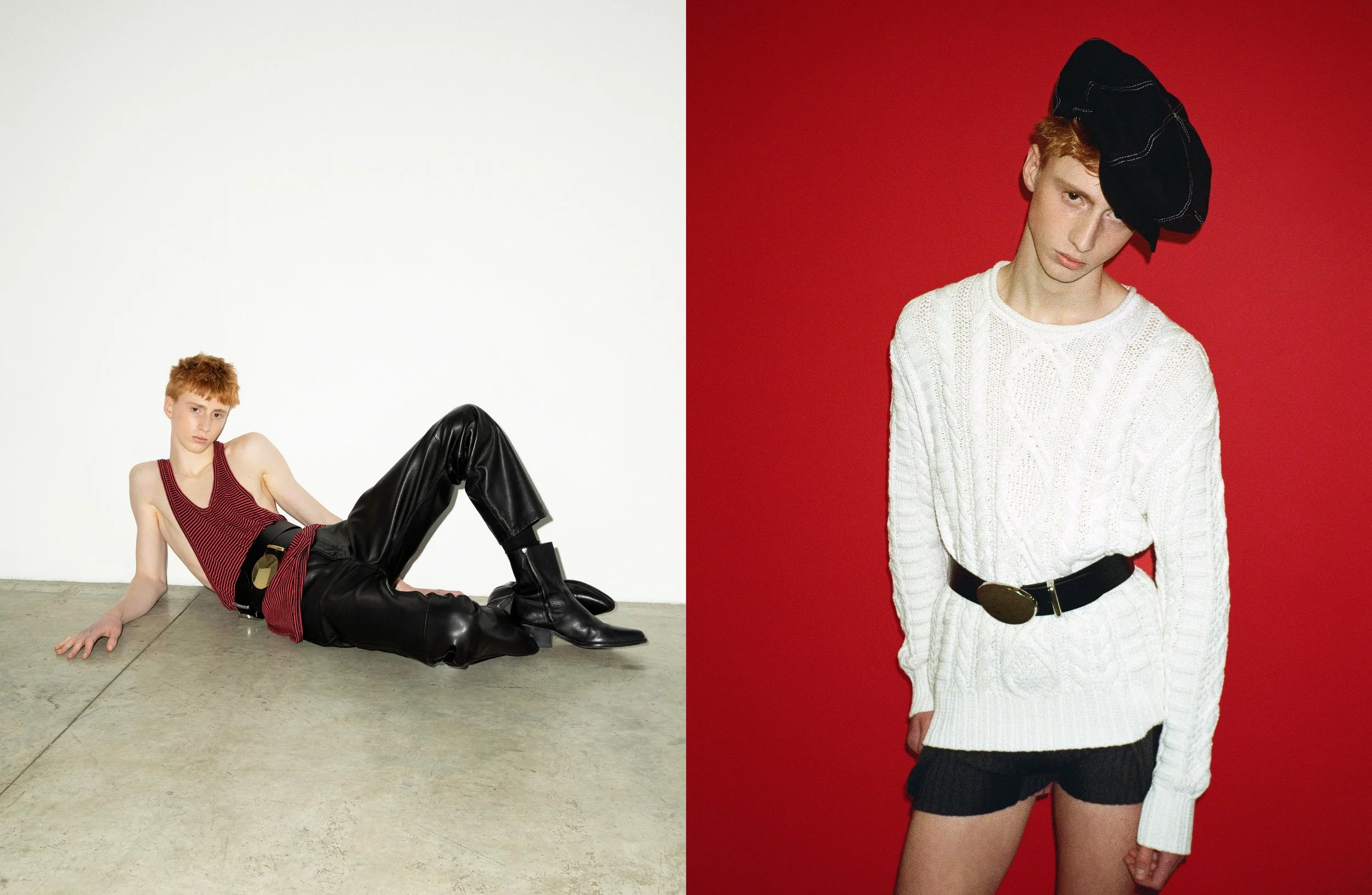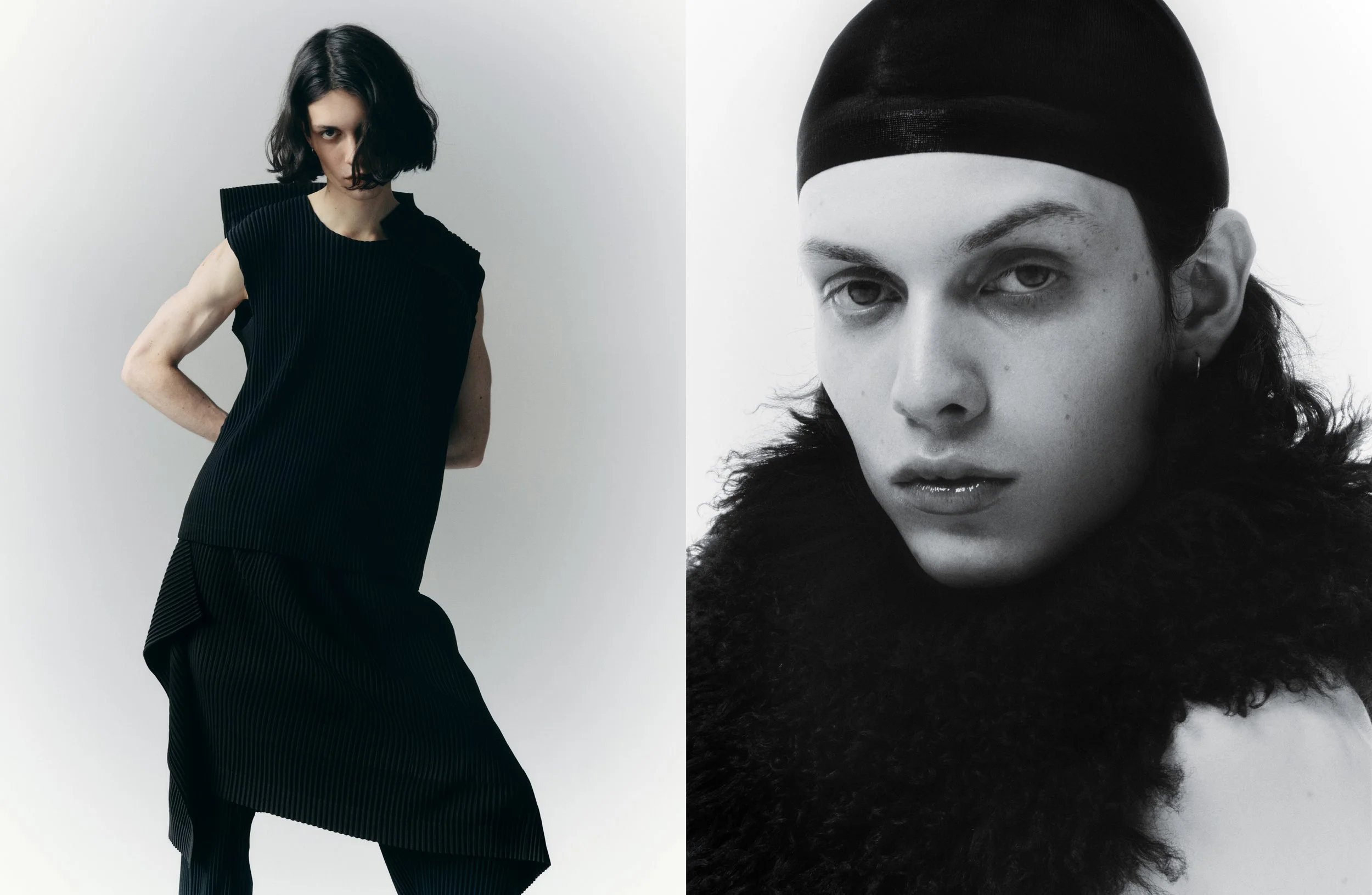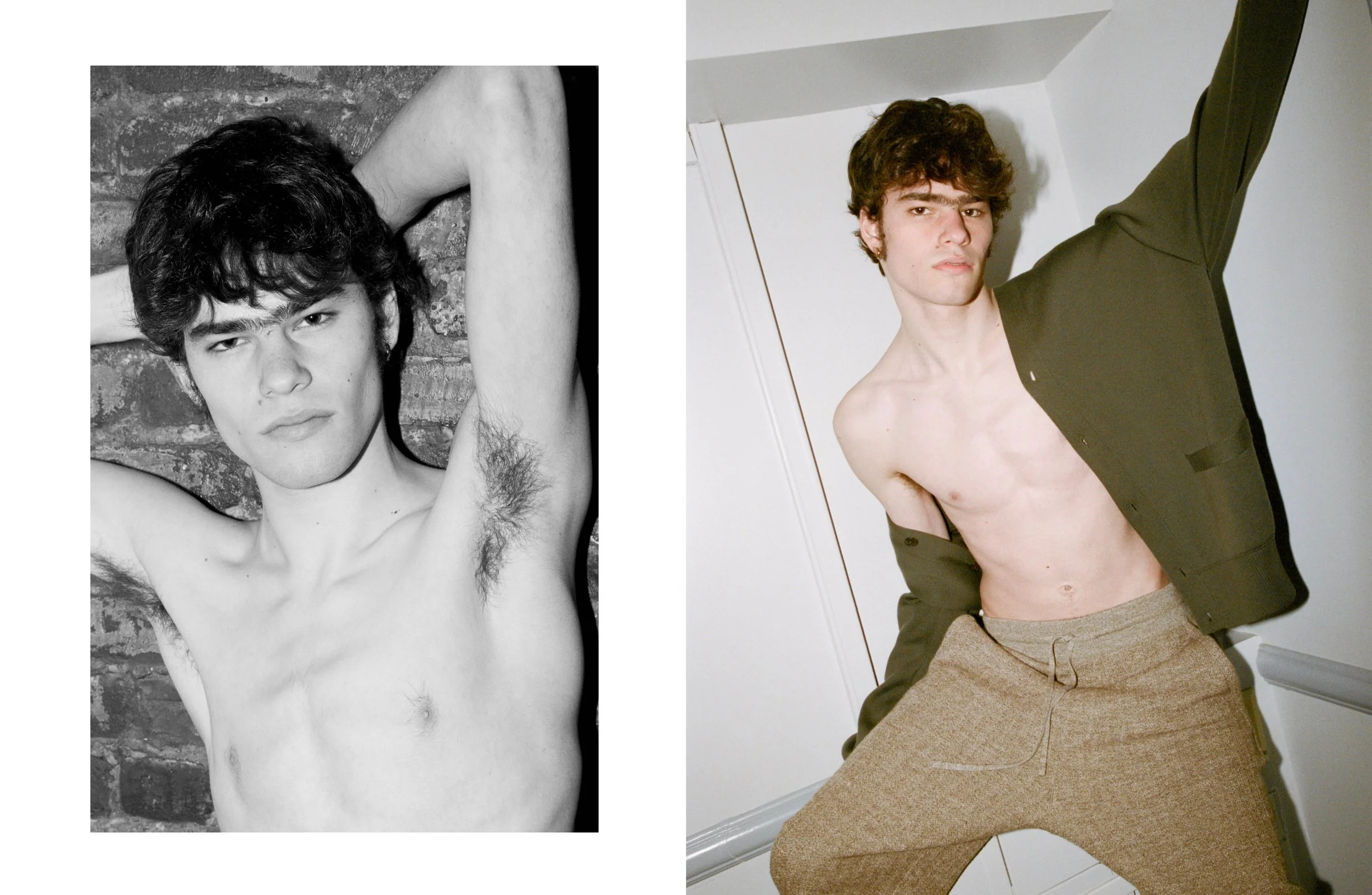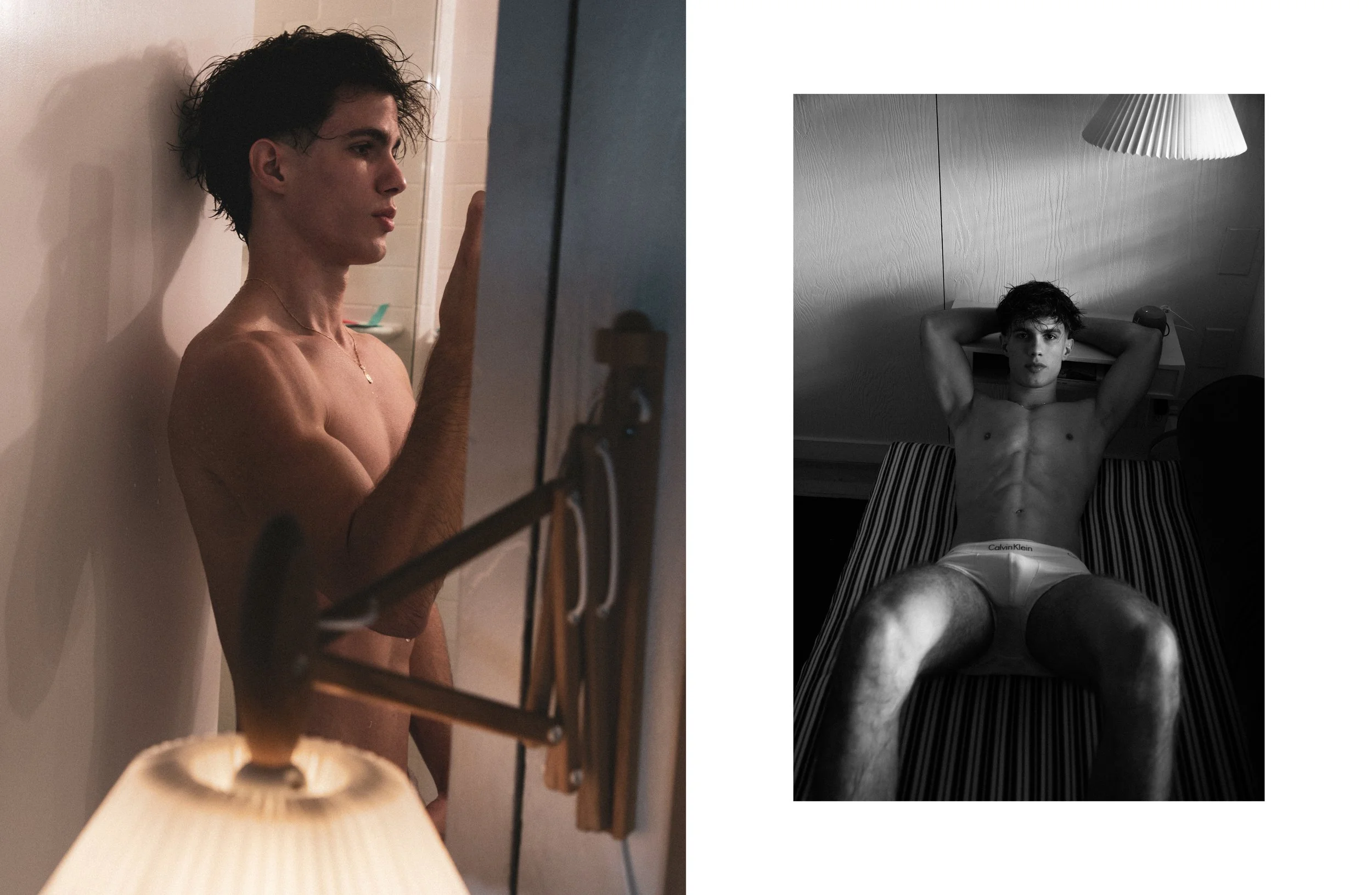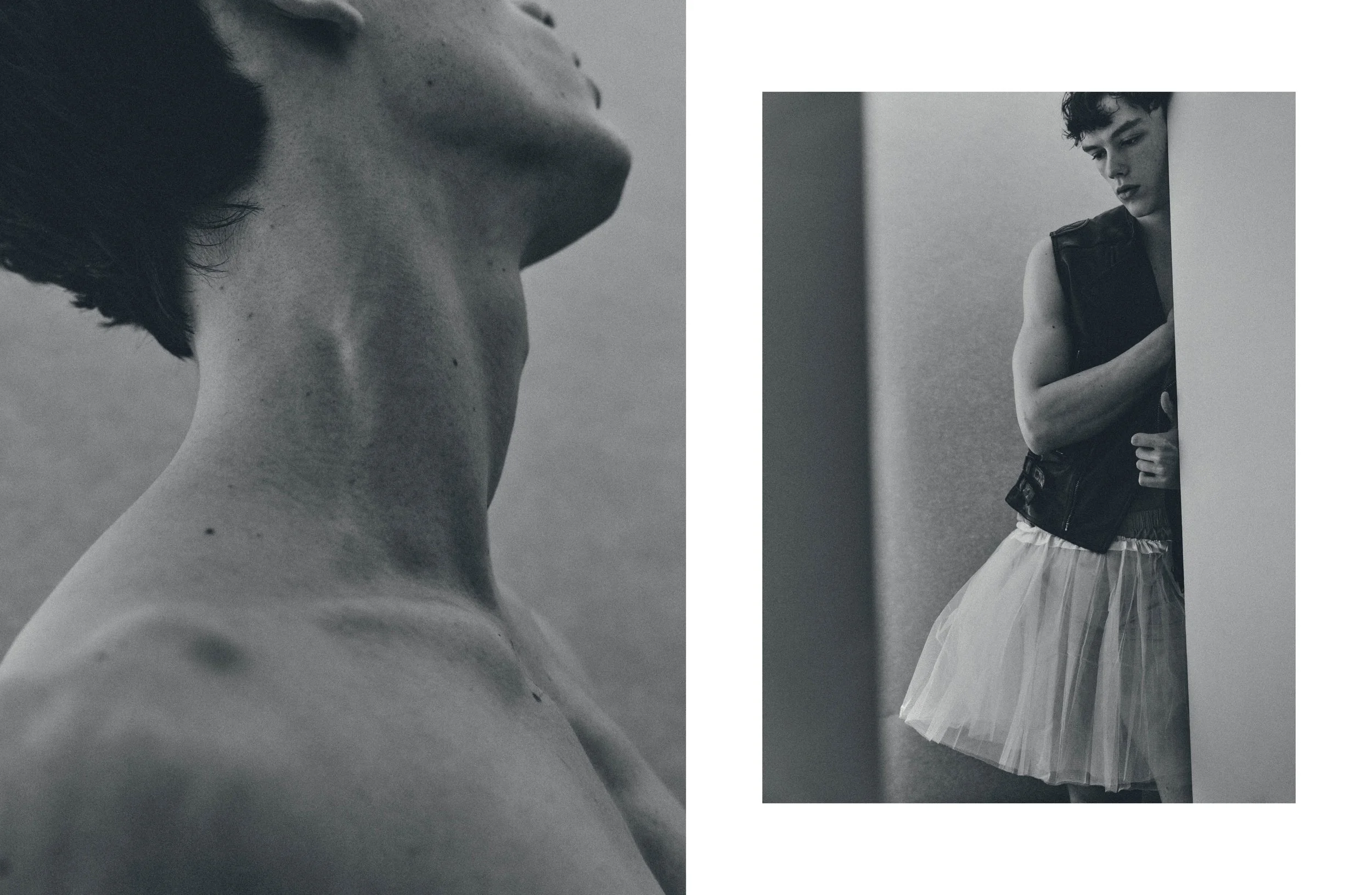Fin Argus, star of Peacock’s new show ‘Queer as Folk’, says that taking on the role of Mingus has been a way to relive their adolescent years as their true self. ‘It was liberating to play a character who was already self-assured and self-actualized at such a young age,’ explains the American actor and musician. ‘Mingus is who I wish I was in high school – I wish I had the gumption to be that girl.’
The show - based on a classic series with the same name from the late 90s celebrated for its groundbreaking representation of the LGBTQ+ community - kept that same focus on exploring nuanced storytelling on screen and portraying the modern queer experience, centring its narrative around a diverse group of gay, trans and non-binary characters. Furthermore, the new ‘QAF’ is created by an all-queer crew working behind the scenes: ‘There are queer people telling queer stories on every level of the making of the series,’ says Argus. ‘I’m super proud of what we’ve done together and it was a real gift to work with a full team of queer folks because I’ve never done that before!’
To celebrate the show’s big premiere, we collaborated with Fin on an intimate booklet shot by their close friend Nino Munoz (available for pre-order now) and spoke to them about learning to do drag, becoming part of the queer skate scene and their new music album which is coming out later this year.
Your new show ‘Queer as Folk’ is based on a classic series from the late 90s that was one of the first to openly show the everyday realities of the queer community. Why did you think it’s a format that should be discovered by a new generation of viewers and in what ways is this version different from the original?
I think that the legacy of the original ‘Queer as Folk’ is its groundbreaking representation: in the late 90s/early 00s, the show creators achieved that by having unapologetically and explicitly queer love stories on screen – I think that was probably the first time we’d ever seen queer people depicted in a way that wasn’t tokenistic or just a coming out story: it was a cast full of queer characters and the show took a deep dive into the nuances of their relationships. Our new iteration of the show takes a similar approach, but it’s a modern telling of the queer experience, which includes trans and non-binary stories – it shows a wider array of queerness that’s represented on screen. Also, on every level of the making of the series, there are queer people telling queer stories – our showrunner and production team are all queer. I’m super proud of what we’ve done together and it was a real gift to work with a full team of queer folks because I’ve never done that before!
What are Mingus’ traits that you relate to the most?
I think that we are quite different but the thing that I really relate to is their punk attitude. I think Mingus represents a version of myself. I can’t imagine what my life would’ve been like if I were openly queer from such a young age and that’s what’s really refreshing about Mingus’ storyline – in my mind, they never had a moment where they were in the closet, they never had a moment where they second-guessed who they were. It was liberating to play a character who was already self-assured and self-actualized at such a young age. Mingus is who I wish I was in high school – I wish I had the gumption to be that girl. [laughs]
Which scenes from the show were the most memorable to shoot for you?
The drag performances, for sure! I’m no stranger to performing – I play music and I get on stage with my band to put on shows – but drag was something that I’ve never dabbled in before. It was a little nerve-racking to hold this space in the drag community, but I’ve become so passionate about it, and since filming the show, I’ve started to do drag in my personal life.
Mingus is doing a lot of skating on the show. Was that something you learned for the role or have you been a skater before ‘QAF’?
I’d already been a skater prior to filming. I think that’s why they actually wrote it into the show – when I first got the part, Mingus wasn’t a skater [laughs]. That’s the cool thing about this show – Stephen Dunn, the creator, really took inspiration from the people that he cast in the roles. That’s why a lot of these characters feel so lived-in and natural because he used a lot of our real-life experiences and wove them throughout the fabric of the story.
When did you first start skating?
I’ve always been a longboarder – I like cruising and I’ve been doing that since I was a kid. I’ve only gotten into trying to do tricks and transition skating within the last couple of years. I’m quite new to it and wouldn’t say that I’m the most amazing skater, but there’s just something really thrilling about it. The reason I got so into it recently is because I started to go to these queer skate meetups where there is just so much encouragement. Often, skate parks can be a pretty intimidating environment – it’s very machismo and there isn’t a lot of queerness there usually, or at least you wouldn’t see it automatically. But I’ve learned about these queer skate meetups in LA and New Orleans (where we were filming the show) and got to know this really strong queer skate scene – going there gave me the space to feel empowered in a skate park, which was a new feeling. And it made it very fun for me – it was like an exploration and I learned a lot about skating and community through that.
You’ve mentioned playing music with your band – are you working on any music right now?
I took a long break from releasing music because I needed to find my voice. I was writing a lot of metaphorical songs, which felt really good [at the time] and I’ve always been interested in fantasy, but what has progressively become important to me is explicit storytelling. I’ve realized that this metaphorical approach felt almost like a hindrance to my storytelling, so I wanted to figure out my voice and figure out what I wanted to say. And I feel like I’ve really found that over the past few years and written so much music that I’m so proud of. The concept for the body of music that I’m planning to release this year is a queer coming-of-age story. It’s very indie rock and West Coast. I’m excited to put it out!
Our shoot for the booklet has a very intimate feel. Have you always been comfortable in your body?
No, it’s definitely been a process. I grew up in a pretty conservative environment, so being comfortable with my body and showing skin was not always something that I was used to. I feel that really coming into my queerness and feeling more self-assured in my self-expression and gender identity in the last couple of years has made me feel more confident about my body. Also, ‘Queer as Folk’ has played a big part in this feeling – there’s a lot of nudity and a lot of sex on the show, which is true to the queer experience, and I found it liberating to bare it all. I think it’s empowering for me, both in terms of my gender and as an artist, to not have anything left to hide anymore and it’s been a gift [ to be able] to capture that. I look at the photos and I feel so confident and excited because they feel like me in the most raw and vulnerable state - they feel honest.
…
Interview by Martin Onufrowicz
Photography by Nino Muñoz



